Over the past few decades, medicine cabinets have consistently played a practical role in bathroom design. It combines mirror and storage functions, making it a "standard" in countless family bathrooms. However, with the continuous evolution of modern home design concepts, minimalism, frameless mirrors, intelligent lighting, and embedded storage have gradually become mainstream trends. A question has begun to be frequently raised: Is the medicine cabinet outdated?
Entering 2025, facing the multiple impacts of space optimization, aesthetic upgrading, and technological integration, the status of medicine cabinets is being redefined.
1. From "Essential Items" to "Multiple-Choice Questions": The Changing Status of Medicine Cabinets
In the past, medicine cabinets were almost a standard feature in every bathroom decoration. It provides a mirror function while hiding items such as toothbrushes, medicines, and razors, making it a model of "small space, big storage." But nowadays, with modern bathroom design increasingly emphasizing openness and visual simplicity, traditional medicine cabinets are gradually giving way to more design-oriented solutions.
According to the Houzz 2024 Home Trends report, only 57% of homeowners in the United States choose to install medicine cabinets in bathroom renovation projects, up from 74% three years ago. Instead, thinner LED mirrors, floating vanities with storage capabilities, and niche storage racks have been replaced.
This does not mean that the medicine cabinet has completely withdrawn from the stage, but rather is undergoing a role transformation from a "necessity" to a "personalized option."
2. Why Are Traditional Medicine Cabinets Gradually "Cooling Down"?
2.1 Aesthetic Upgrade, Visual Is More Important
Modern consumers are more concerned about the overall sense of bathroom space. Thick medicine cabinets can sometimes disrupt the smooth lines of the wall, especially when they appear abrupt in minimalist or modern styles. In contrast, frameless LED mirrors or embedded mirror cabinets can blend seamlessly with walls, providing a cleaner and brighter visual effect.
2.2 Change in Storage Method
Many families have started to move their storage functions to washbasins or niches, and the "storage" function of medicine cabinets has been partially replaced.
With the popularization of intelligent drawer partitioning systems, item classification is more organized, and moisture prevention problems caused by humidity in medicine cabinets are avoided.
2.3 Technological Upgrades Result in Overlapping Functionalities
Today's smart mirrors integrate anti-fog, lighting, time display, Bluetooth music, and even weather information functions.
Consumers tend to prefer mirror products with a strong technological sense when choosing, rather than traditional mirror cabinets with doors.
2.4 Wall Restrictions and Spatial Planning
As more bathrooms adopt embedded lighting fixtures and concealed pipeline designs, the internal space of the walls is compressed, reducing the feasibility of installing medicine cabinets.
Especially in apartments or modern residences, insufficient wall thickness has become a common problem.
3. The Medicine Cabinet Has Not Been Eliminated, But Has Evolved
Despite the decline of traditional medicine cabinets, a new type of mid- to high-end product has emerged in the market: the LED Medicine Cabinet (with lights), which is becoming a representative of "functionality and aesthetics" in modern bathroom design.
3.1 Intelligent Functionality
The new generation of medicine cabinets integrates anti-fog systems, dimmable lights, touch panels, USB/Type-C interfaces, and even human body-sensing lights.
This integrated design caters to the multifunctional needs of contemporary families, making the medicine cabinet no longer just a storage tool, but a "technology center" for the bathroom.
3.2 Visual Lightweighting
Compared to traditional medicine cabinets, the new product features a frameless mirror design, hidden hinges, and an aluminum alloy material, resulting in a thinner thickness and simpler lines that can easily integrate into modern minimalist spaces.
3.3 Flexible Installation
Many brands (such as Robern, Kohler, Wellfor) have launched hybrid installation designs that can be both wall-mounted and embedded, adapting to different layouts and wall structures.
This flexibility revitalizes medicine cabinets in modern decoration.
3.4 Aesthetic Integration
LED light spreads gently from all sides, providing high color rendering illumination and creating a comfortable atmosphere. Compared to standalone wall lamps, LED medicine cabinets have both practical and decorative effects.

4. Designer's Perspective in 2025: The 'Reason for Existence' of Medicine Cabinets
In high-end bathroom projects, the medicine cabinet has not disappeared; instead, it has been redefined as the balance point between functionality and invisible aesthetics.
New York interior designer Olivia Ford mentioned in an interview, "Modern bathrooms pursue minimalism, but it doesn't mean sacrificing functionality. We tend to choose hidden storage structures with mirrors, which appear to be mirrors but actually offer complete storage space."
Designers generally believe that medicine cabinets still have their reasons for existence——
It is the safest storage location for personal care products, especially in households with children.
Meanwhile, through the combination of lighting and mirrors, it remains a crucial element in creating a sense of hierarchy in bathroom lighting.
5. Consumer Differentiation Trend: Utilitarian vs. Aesthetic
According to the Statista 2025 Home Consumption Report, American consumers are showing a polarized trend in their choice of bathroom mirror cabinets:
Proportion of Consumption Types, Key Characteristics of Preference Types
Practical 52%: medicine cabinets with lights and sockets have strong functions, abundant storage, and convenient use
Aesthetic 39%: LED mirror, frameless mirror with simple appearance, soft lighting, and minimalist design
Hybrid 9%: intelligent mirror cabinet integrates sensing, anti-fog, and music systems
It can be seen that the medicine cabinet has not been eliminated, but has remained firmly in place among the "practical" consumer group.
Especially for users who require shaving, skincare, and electrical equipment (such as electric toothbrushes), a medicine cabinet with sockets and lighting remains the most efficient solution.
6. Brand and Market Trends: Intelligence is the Key
The market focus in 2025 will no longer be on whether a medicine cabinet is needed, but on whether the medicine cabinet is intelligent and aesthetically pleasing enough.
Major brands are shifting their research and development focus towards intelligent integration.
Kohler Verdera Voice Lighted Cabinet: Built-in Alexa voice assistant and dimming function, allowing voice control of lighting and music
Wellfor LED Medicine Cabinet: Equipped with an anti-fog system, color temperature control lighting, USB/Type-C interface, and human body sensing lighting design
Robern AiO Series: Featuring hidden hinges and a touch interface, the mirror seamlessly blends with the light strip
The success of these products demonstrates that medicine cabinets have not disappeared, but have been redefined by technology and design as the "smart nodes" of bathroom spaces.
7. Conclusion: The Medicine Cabinet is Not "Outdated", but "Upgraded"
From a trend perspective, the medicine cabinet has indeed undergone a transformation from "standard configuration" to "optional solutions."
However, in the context of bathroom design in 2025, it still plays a crucial role - albeit in a lighter, smarter, and more aesthetically pleasing form.
For users who pursue simplicity and visual openness, LED or smart mirrors may be more suitable for their needs.
For families that prioritize functionality and practicality, modern LED medicine cabinets remain the core facility that combines storage, lighting, and technological experience.
As industry analysts have said, "The medicine cabinet has not been eliminated, it has just changed its' bright coat."
In 2025, as bathroom renovations move towards intelligence and personalization, medicine cabinets are no longer passive wall attachments; they have become essential elements that define lifestyle and spatial taste.

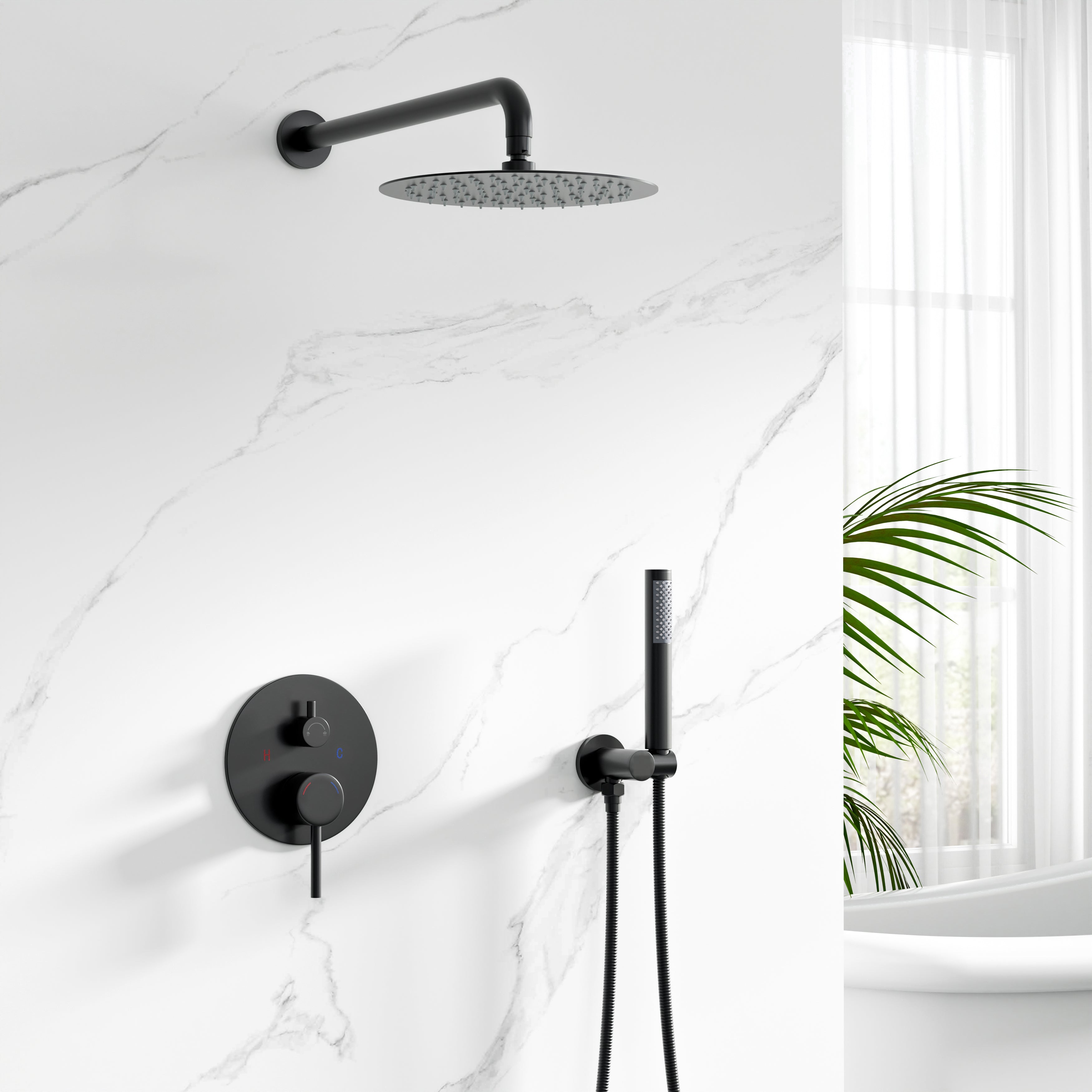
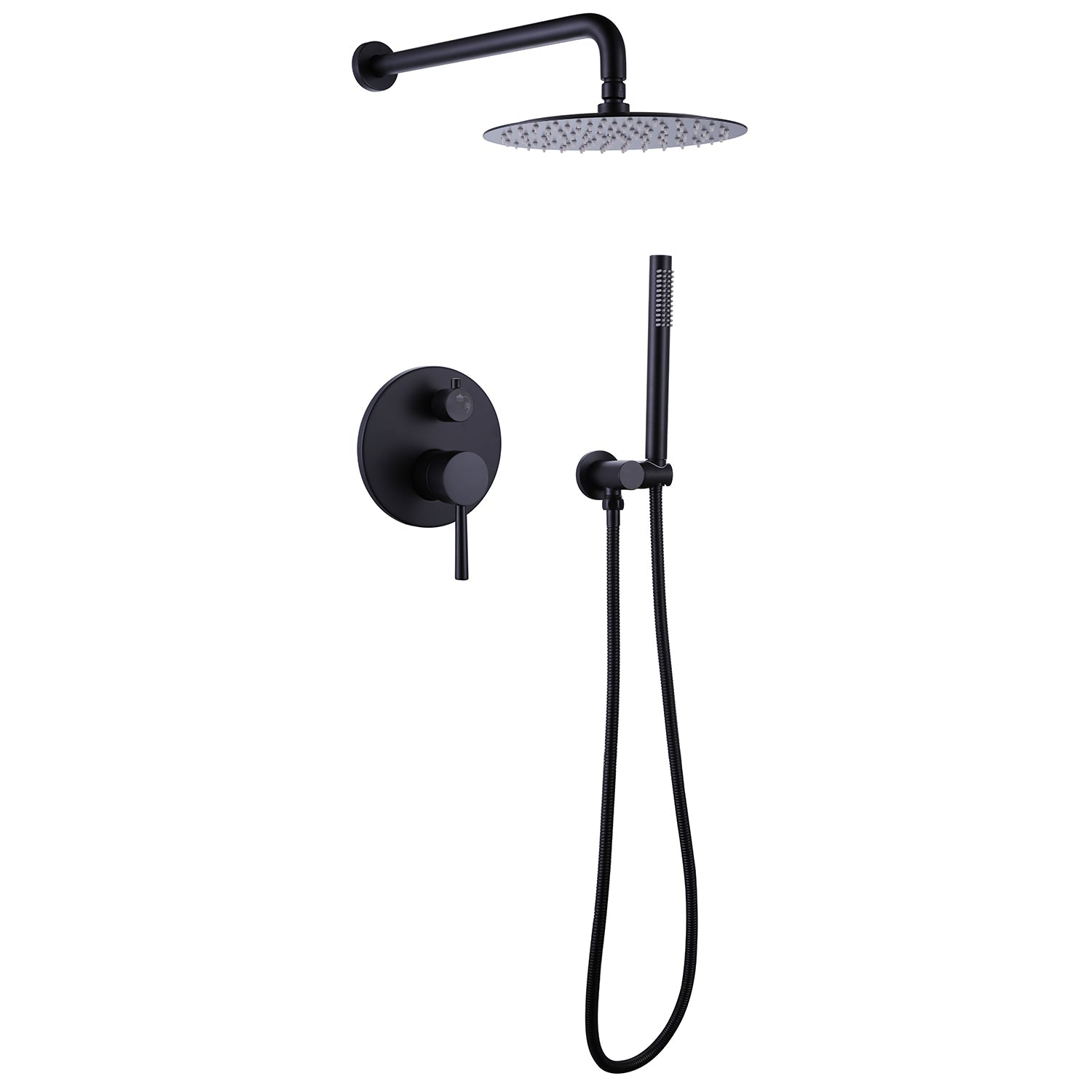


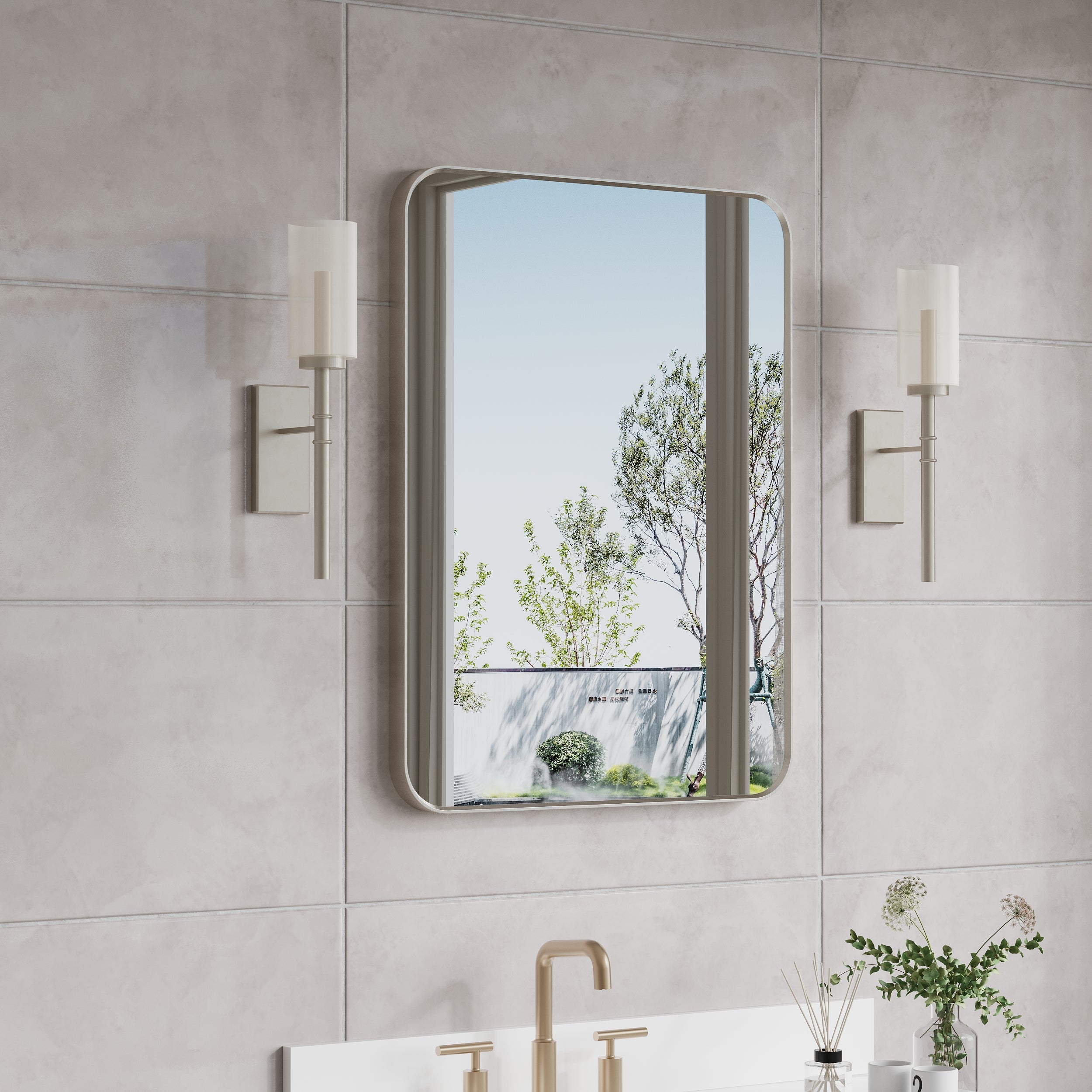
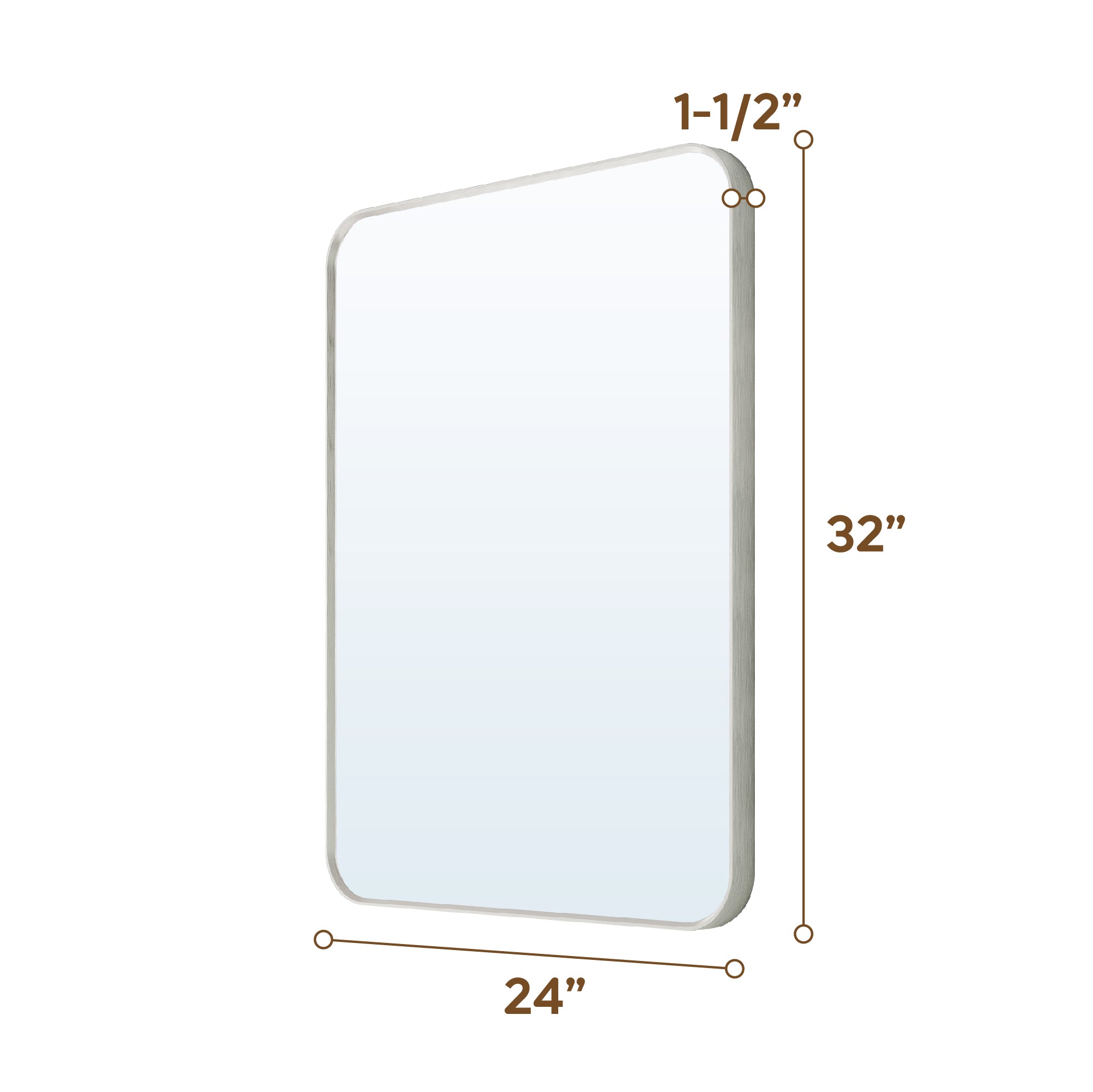
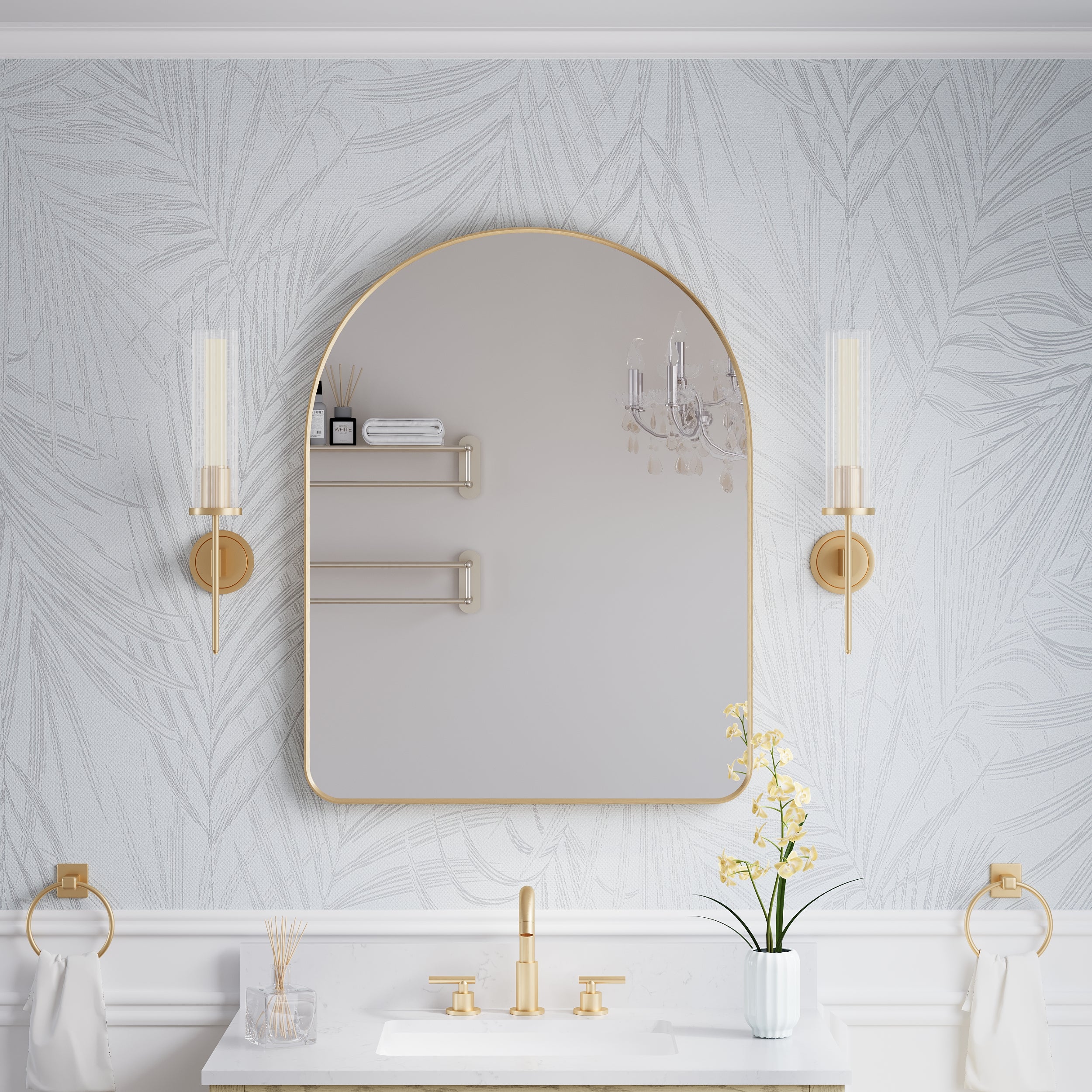
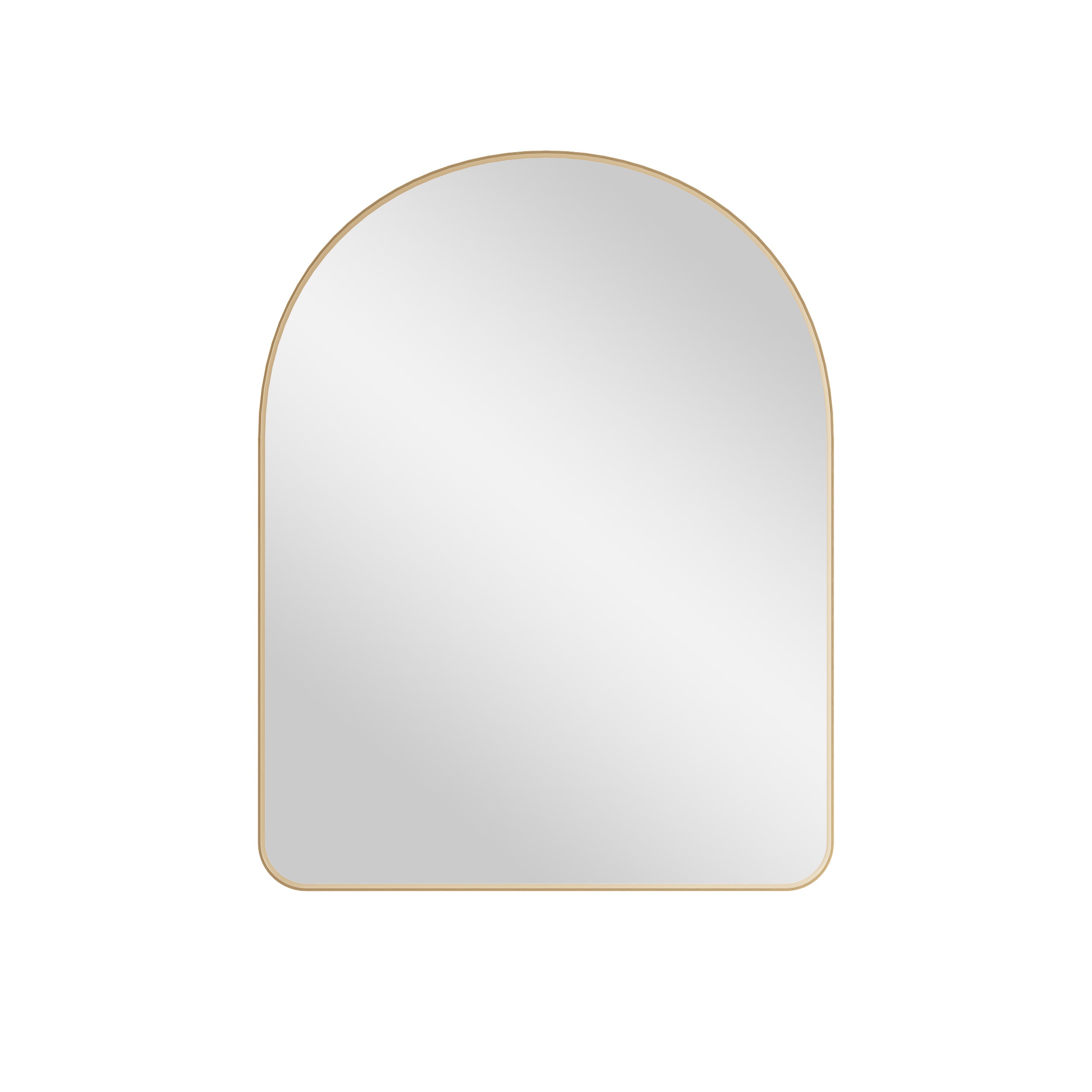

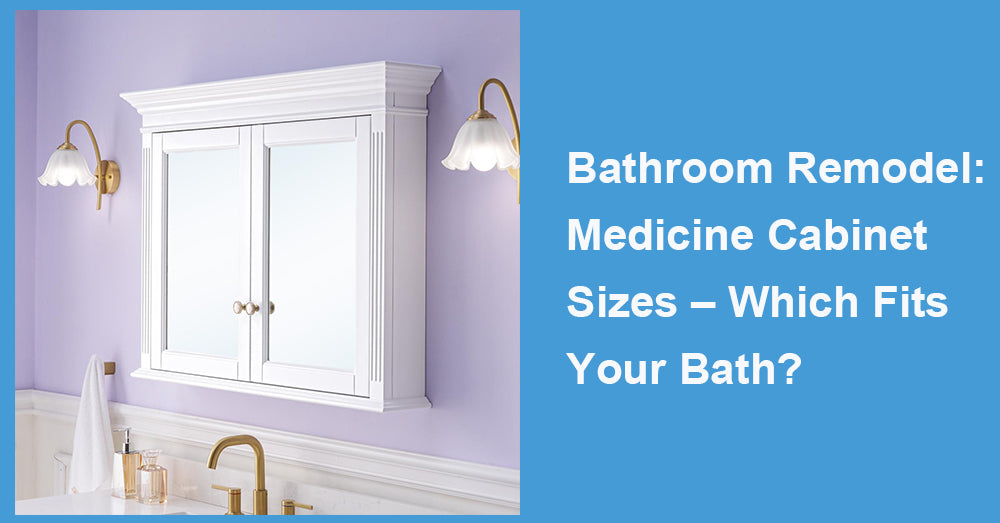
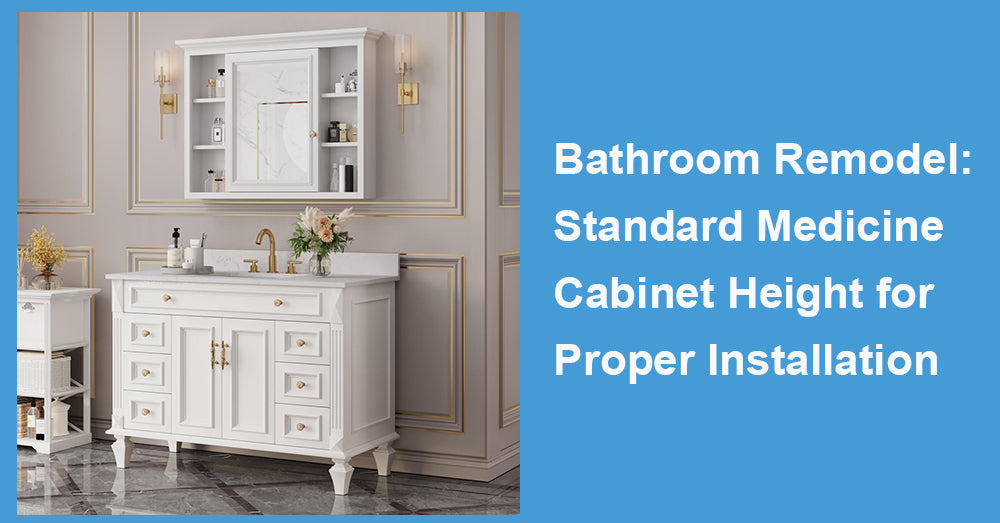
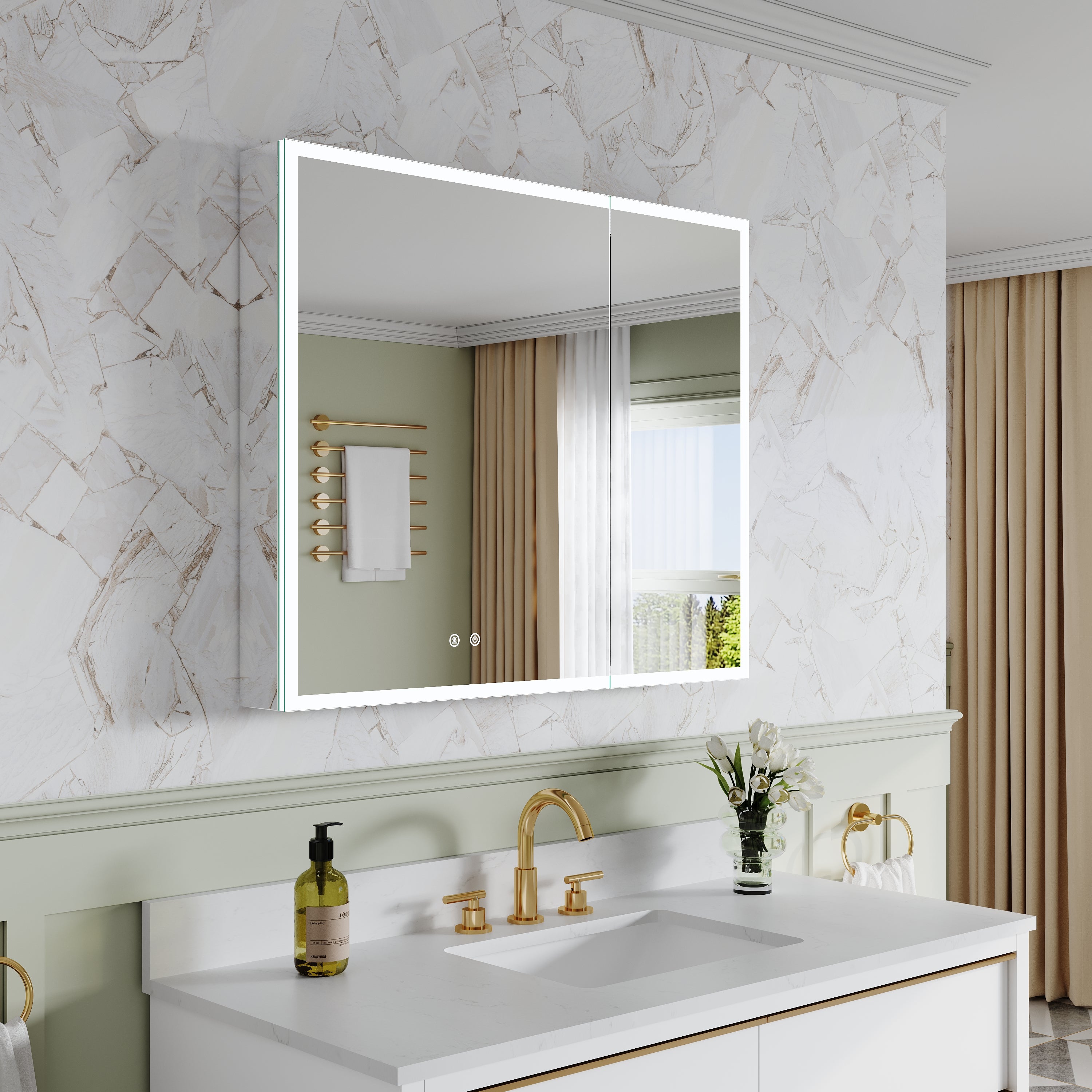
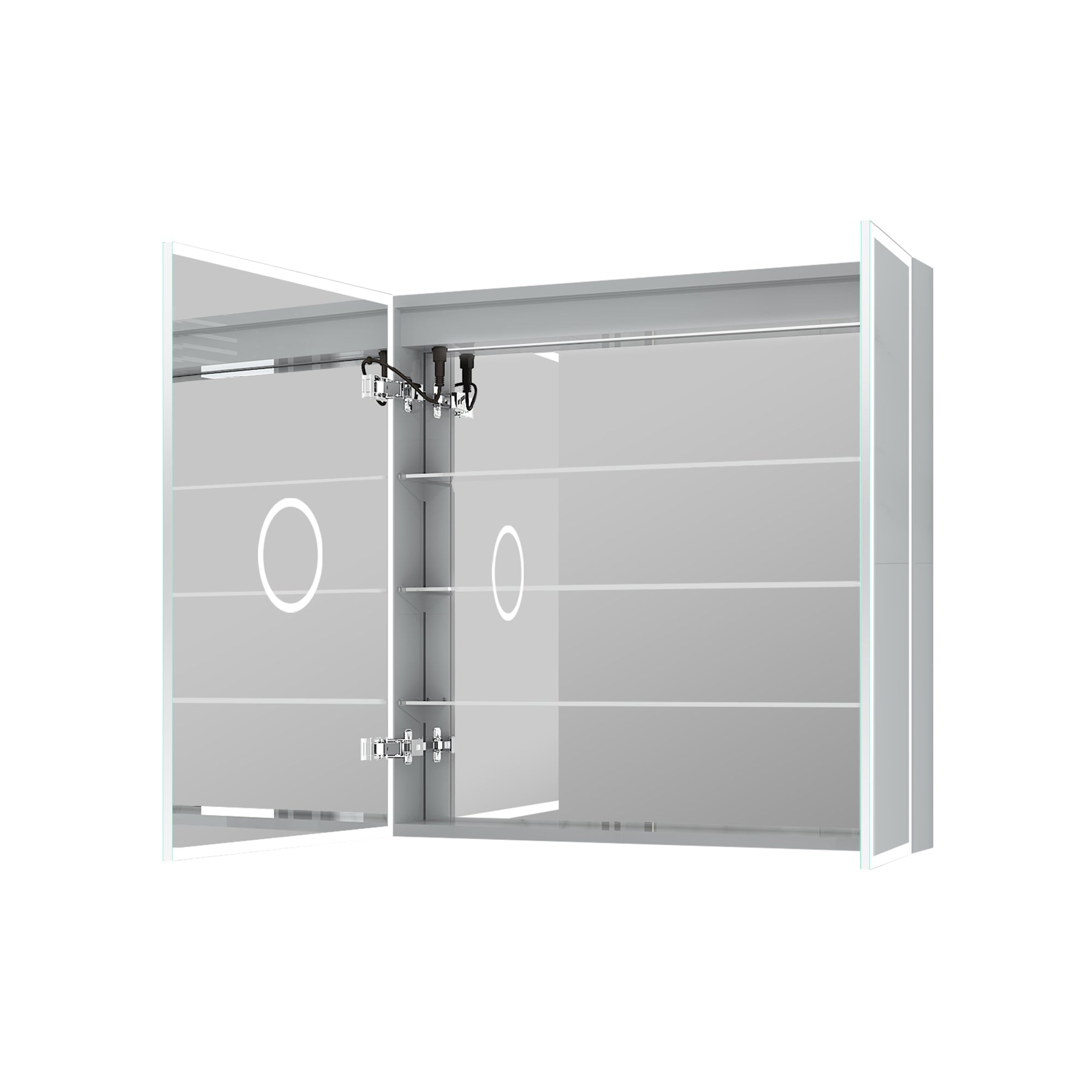
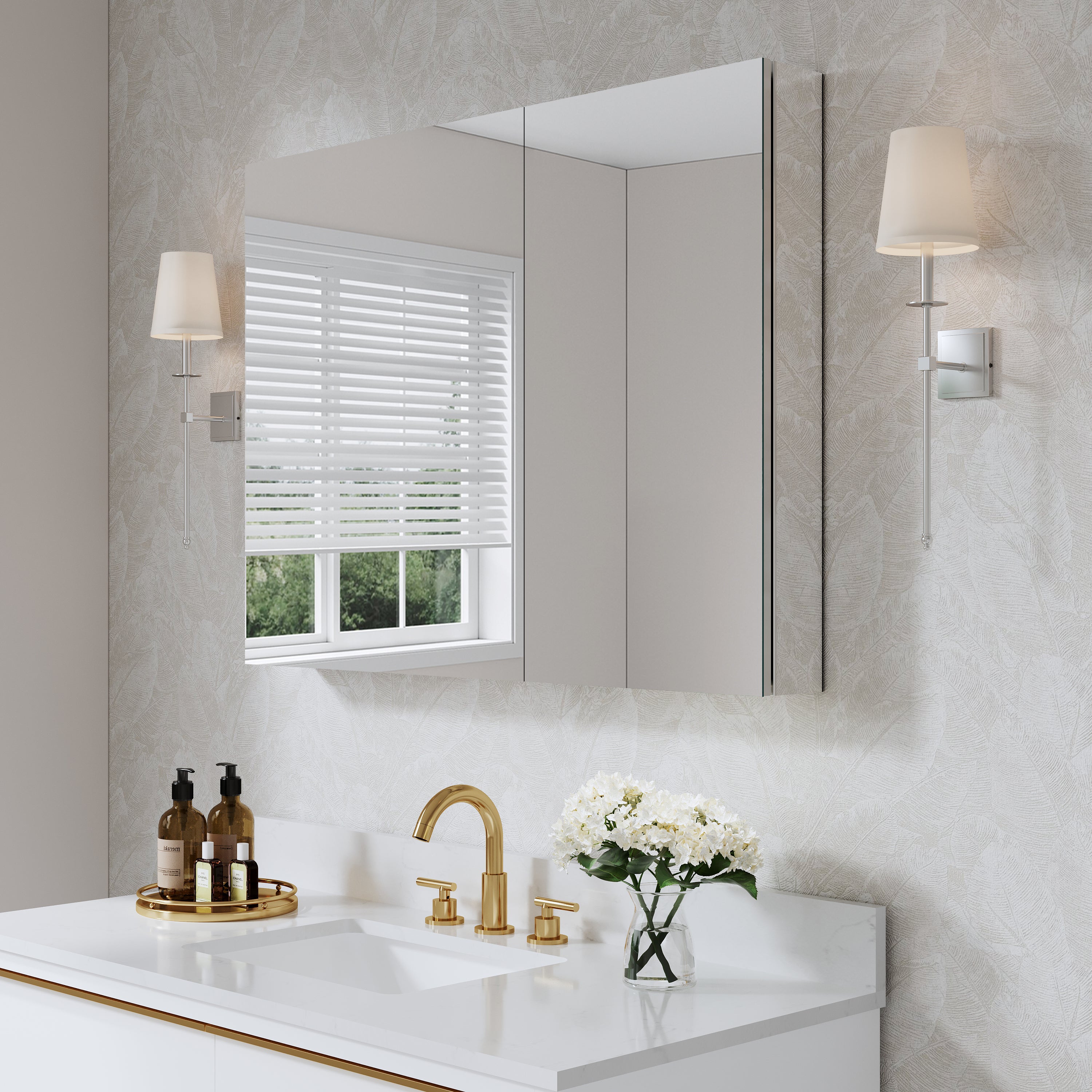

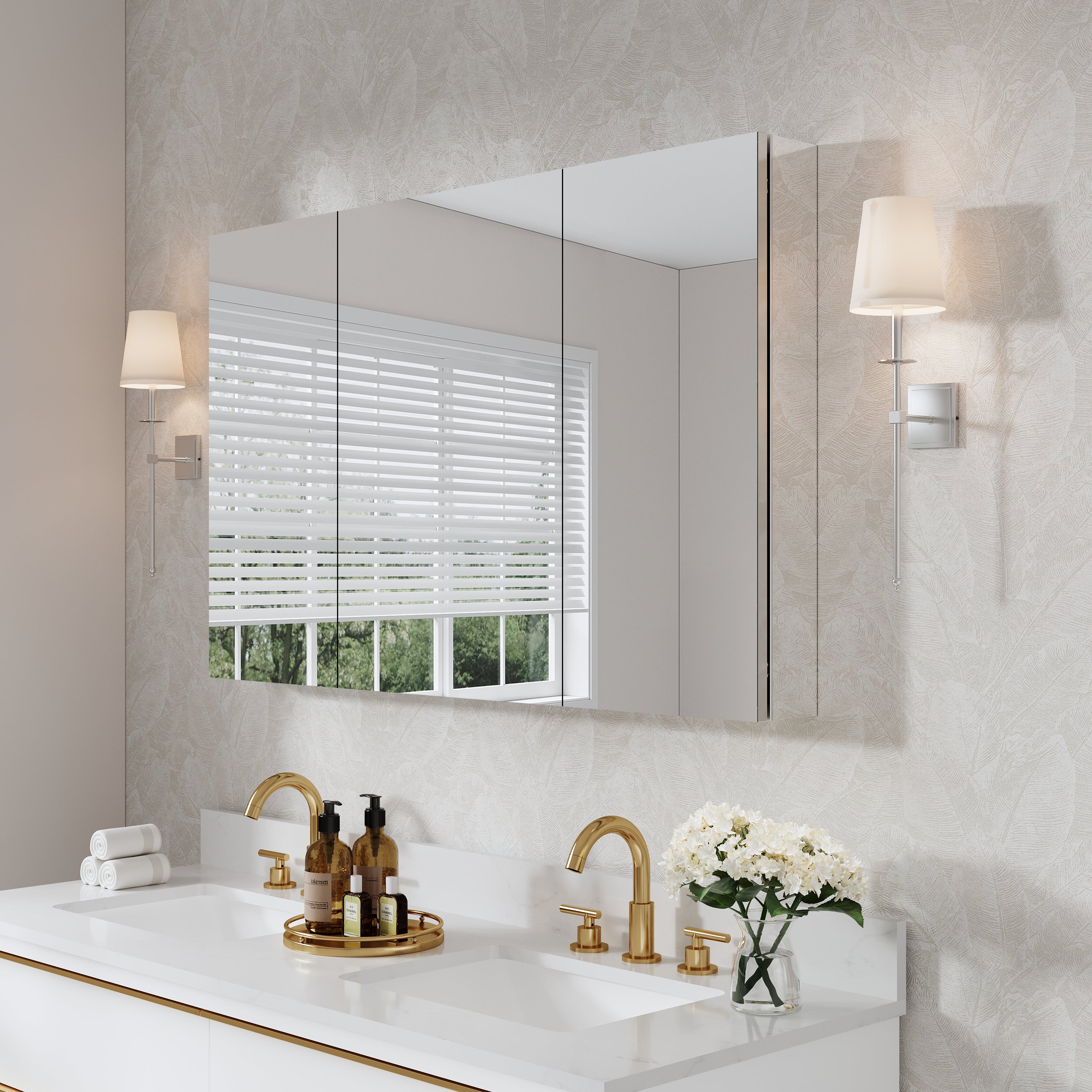
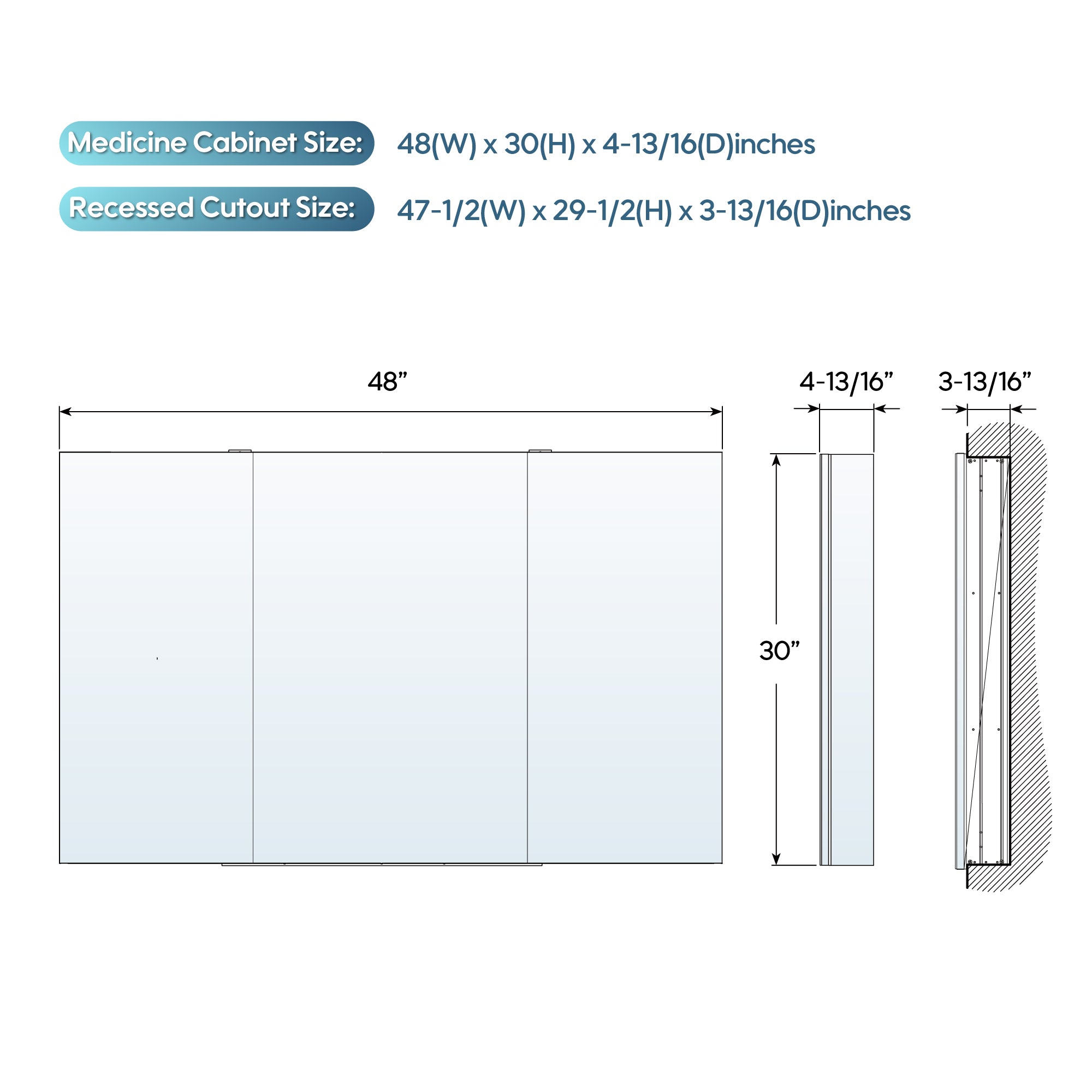
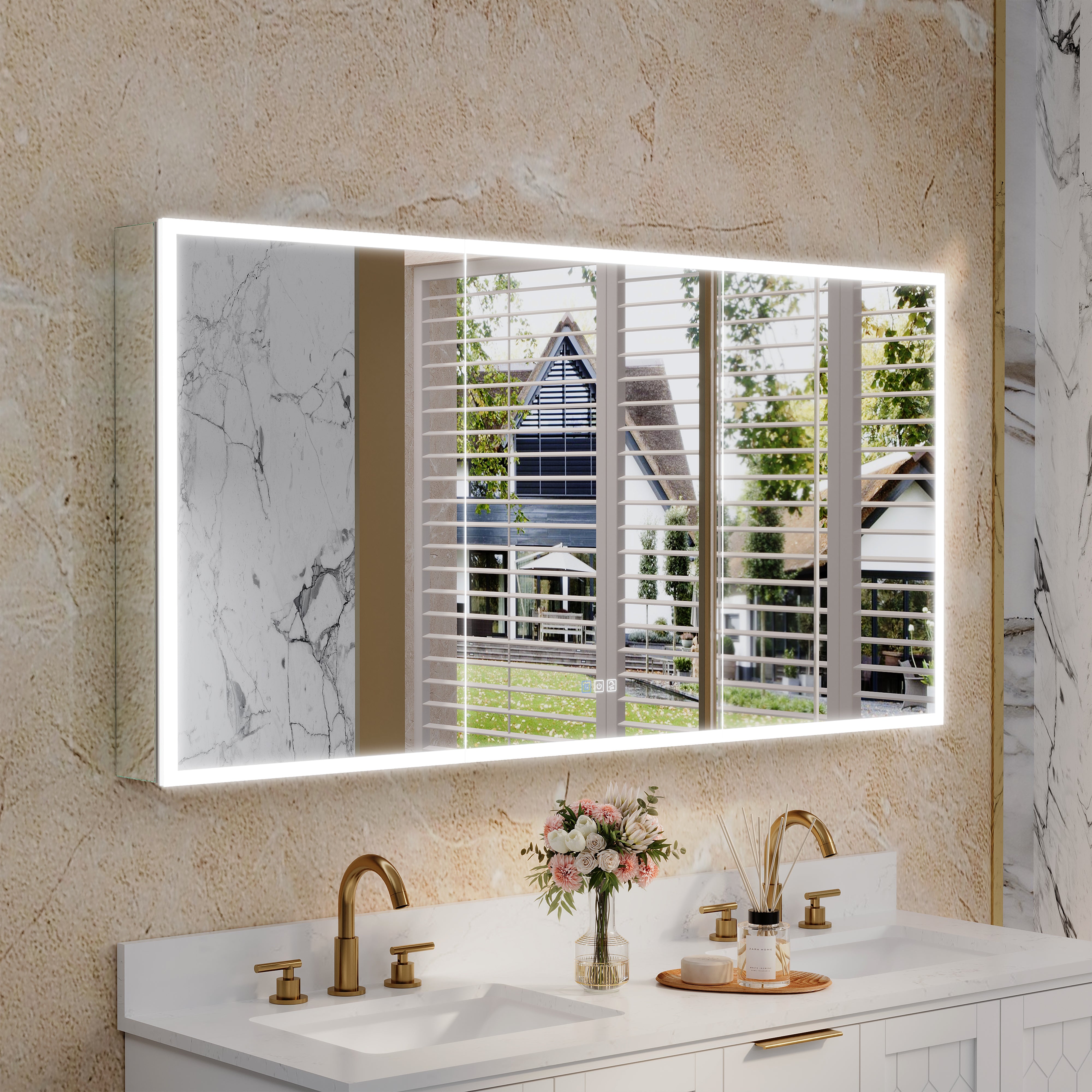
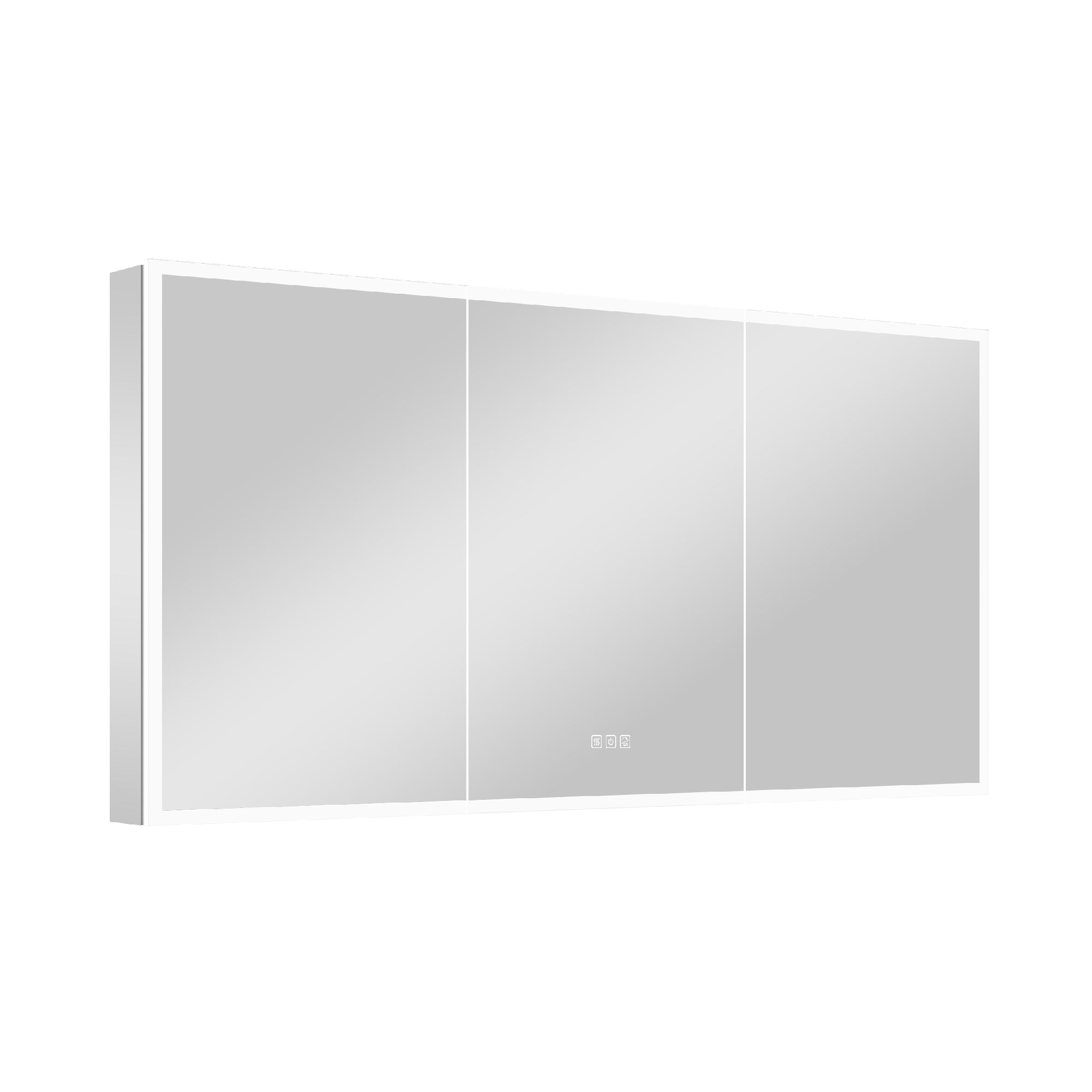
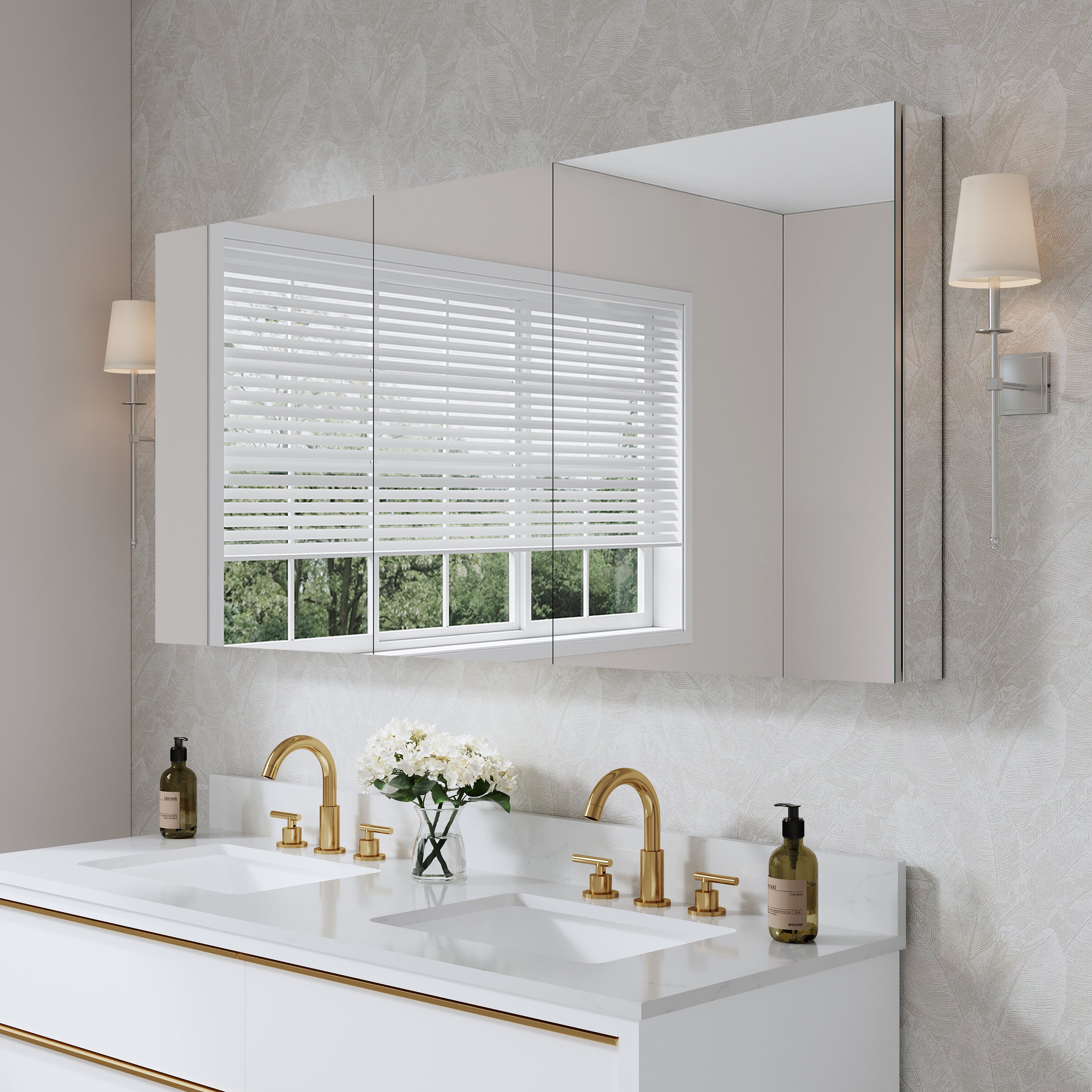

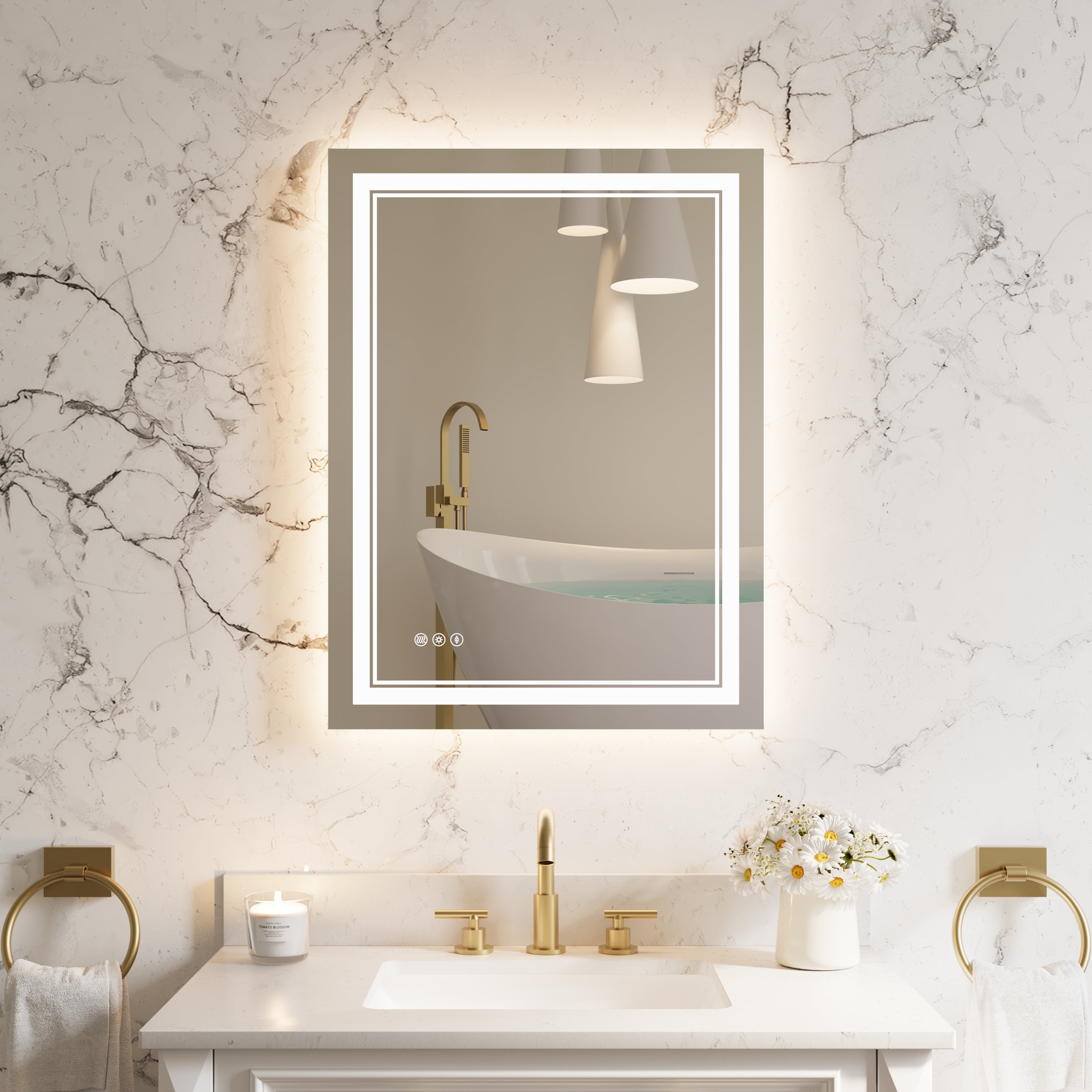
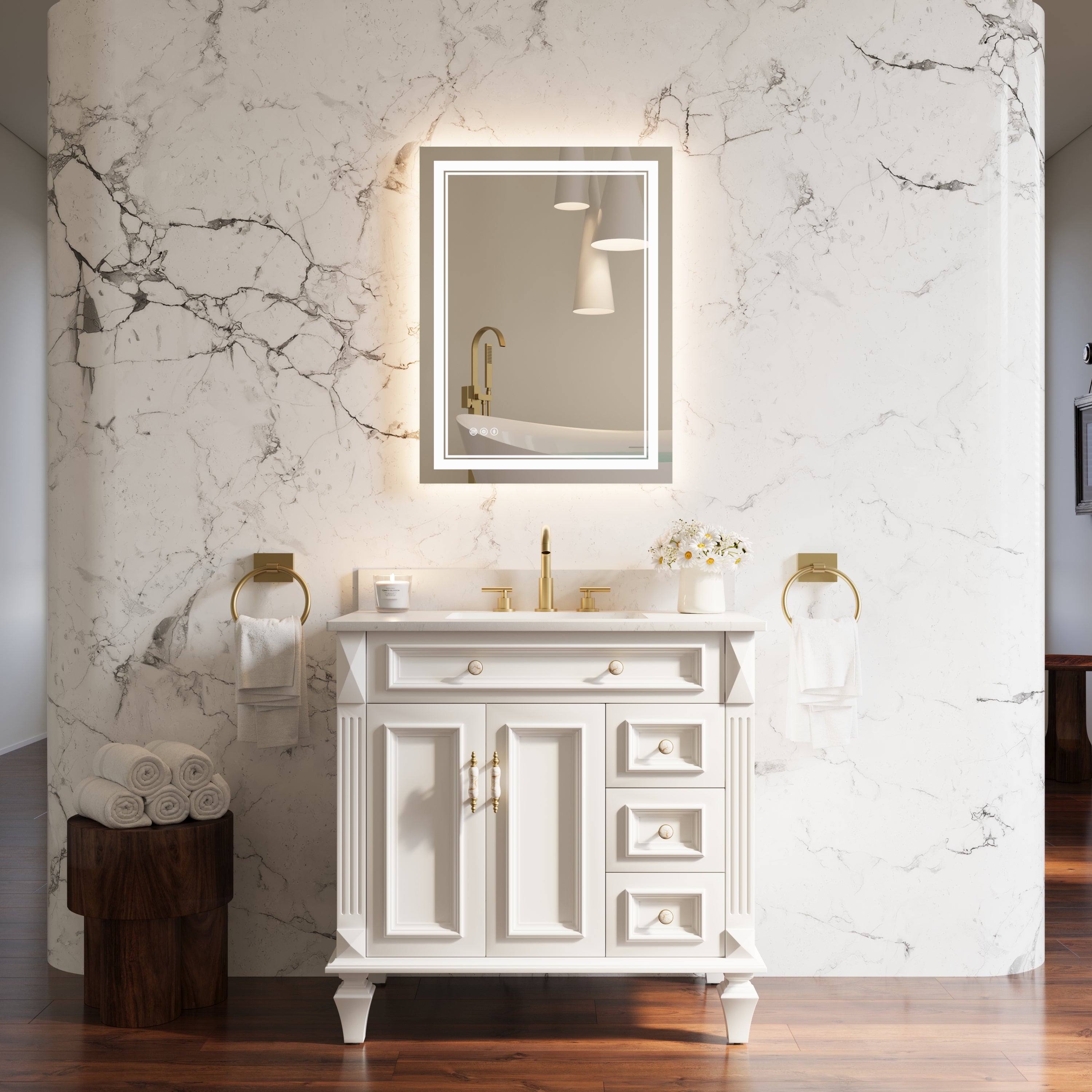
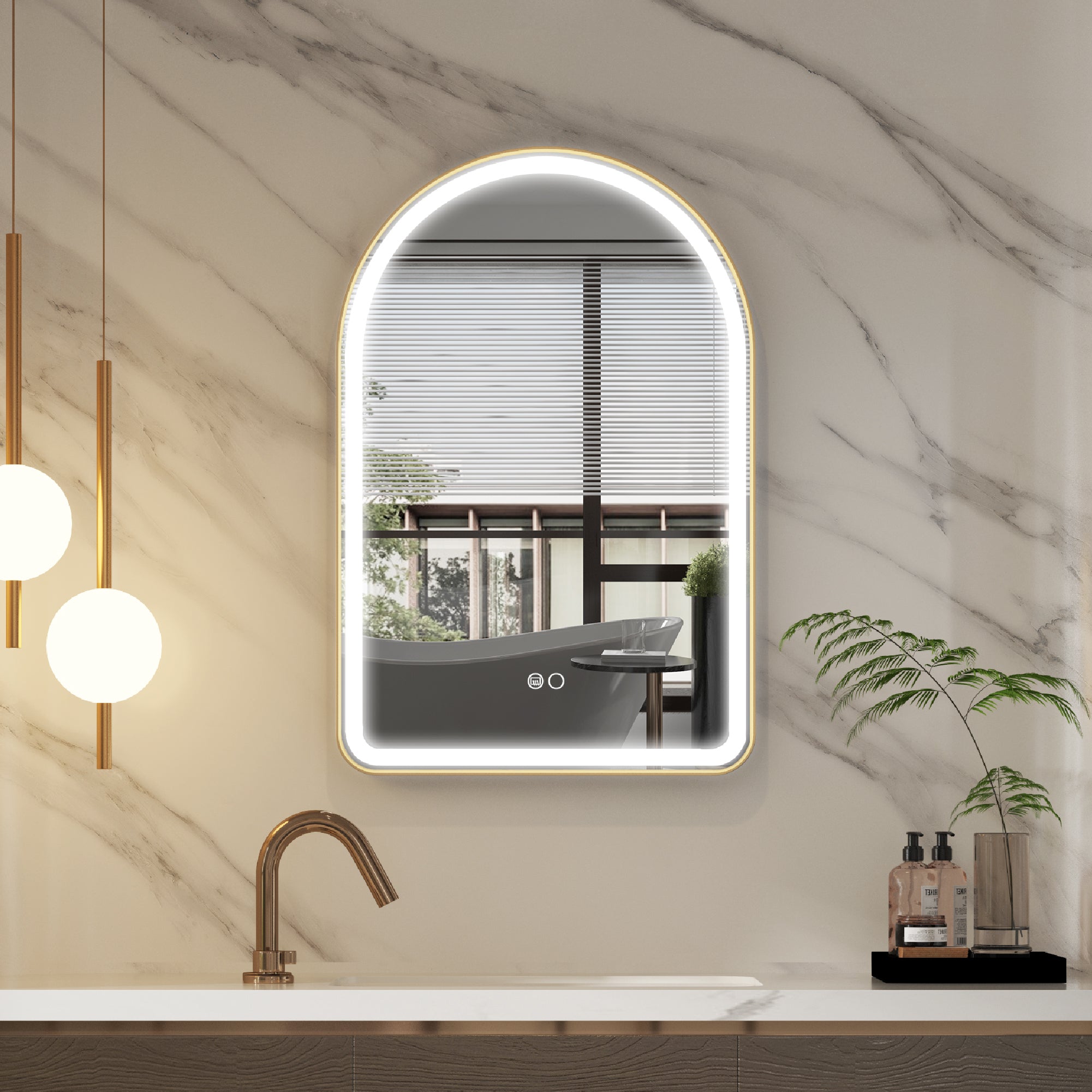
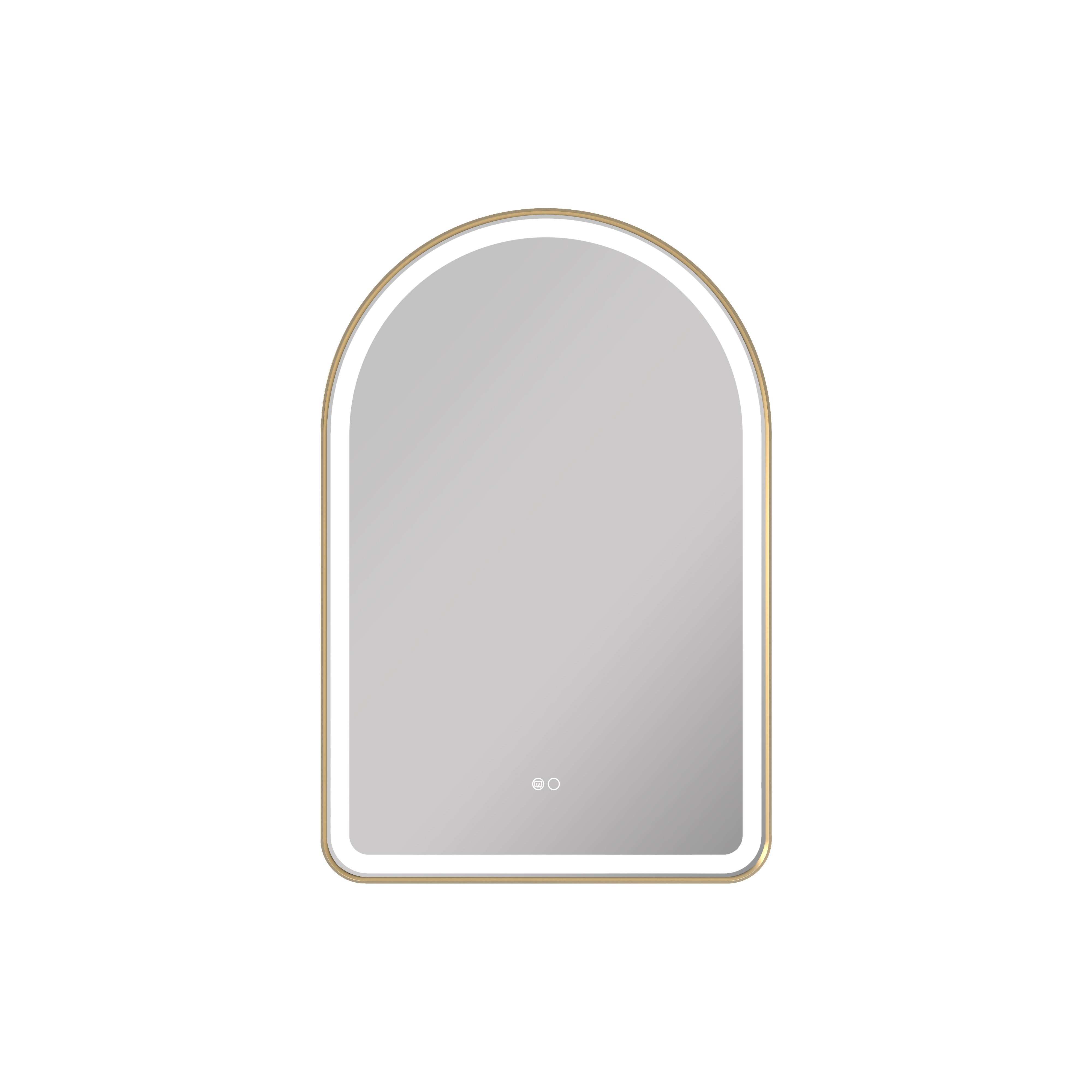
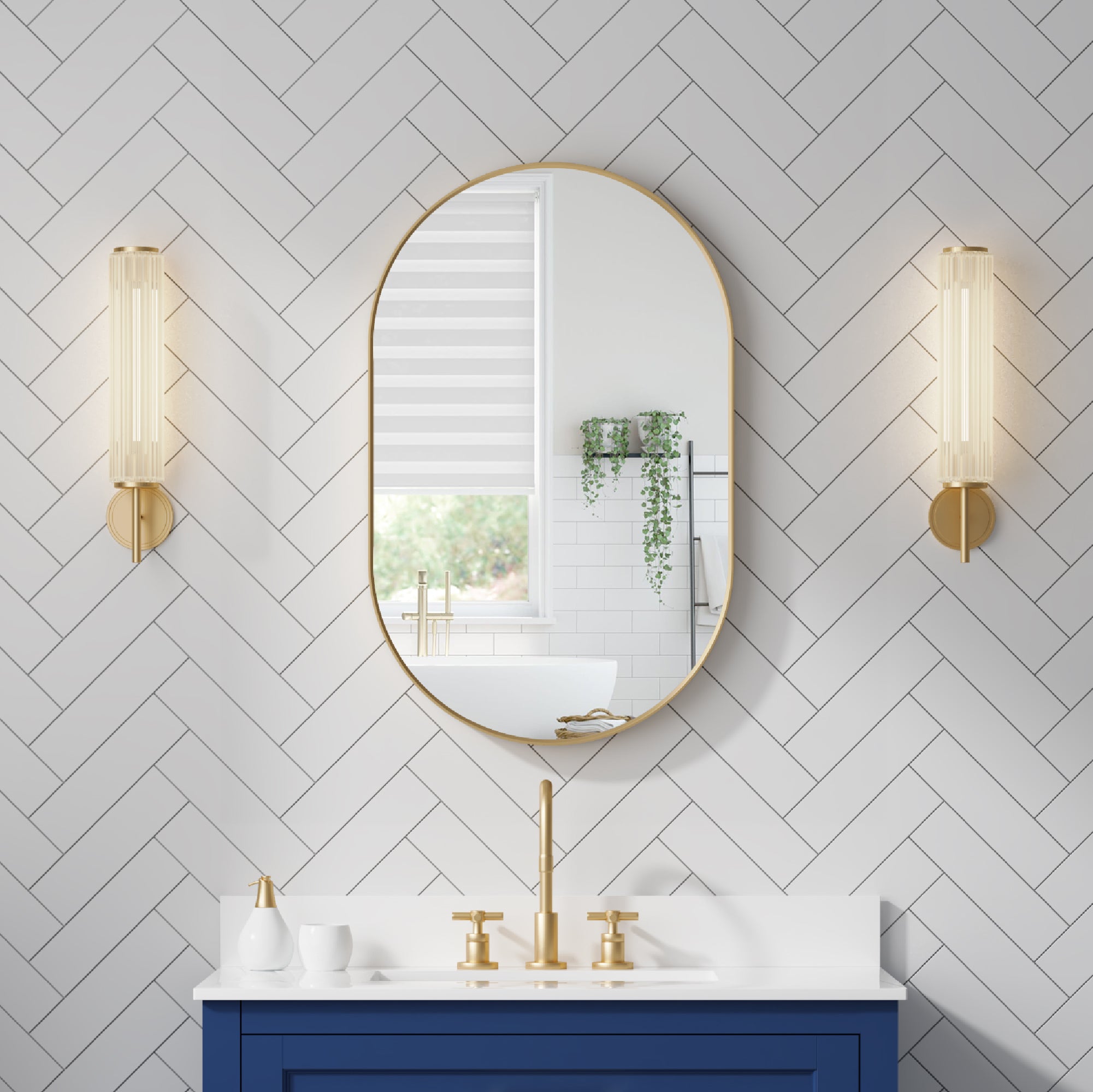
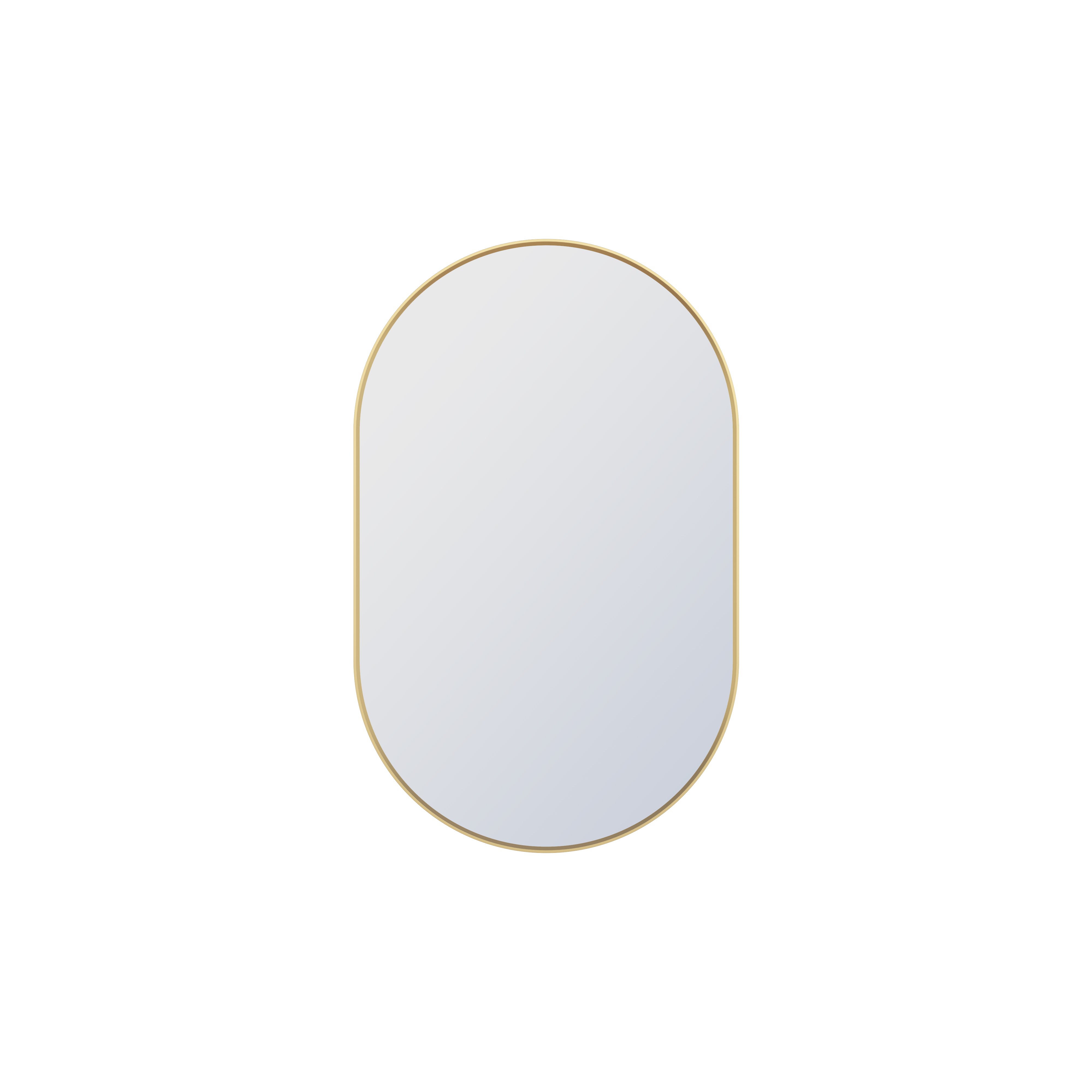


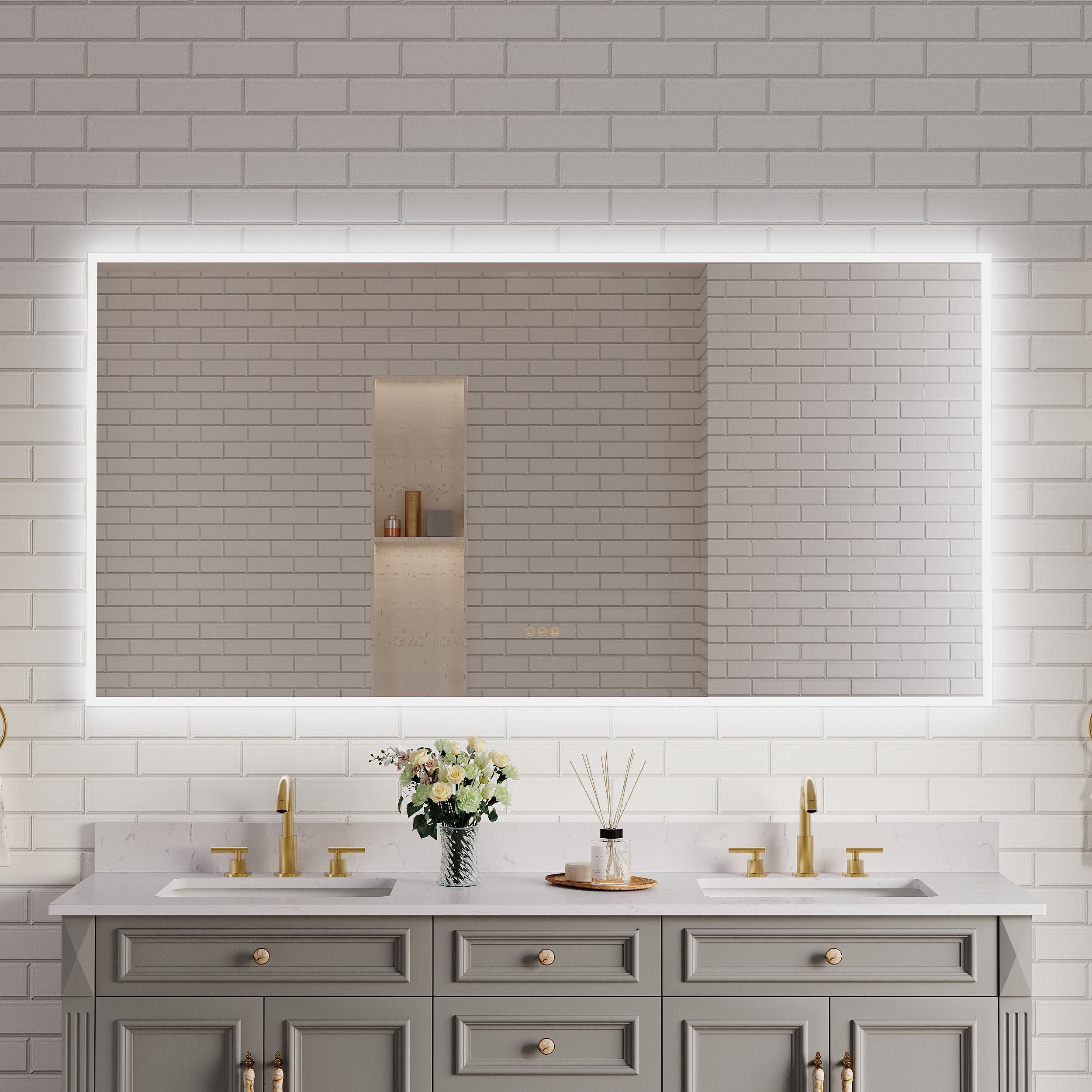
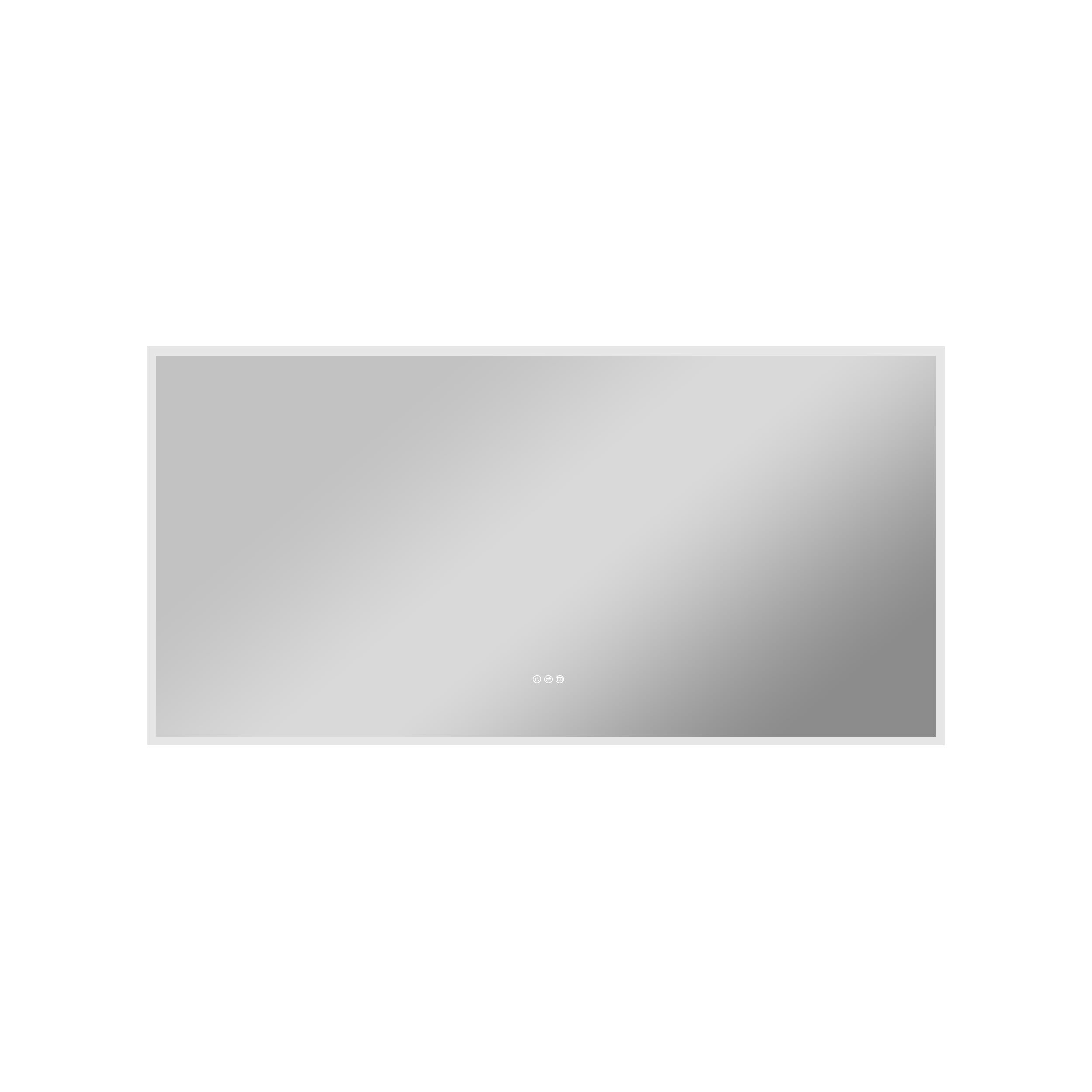




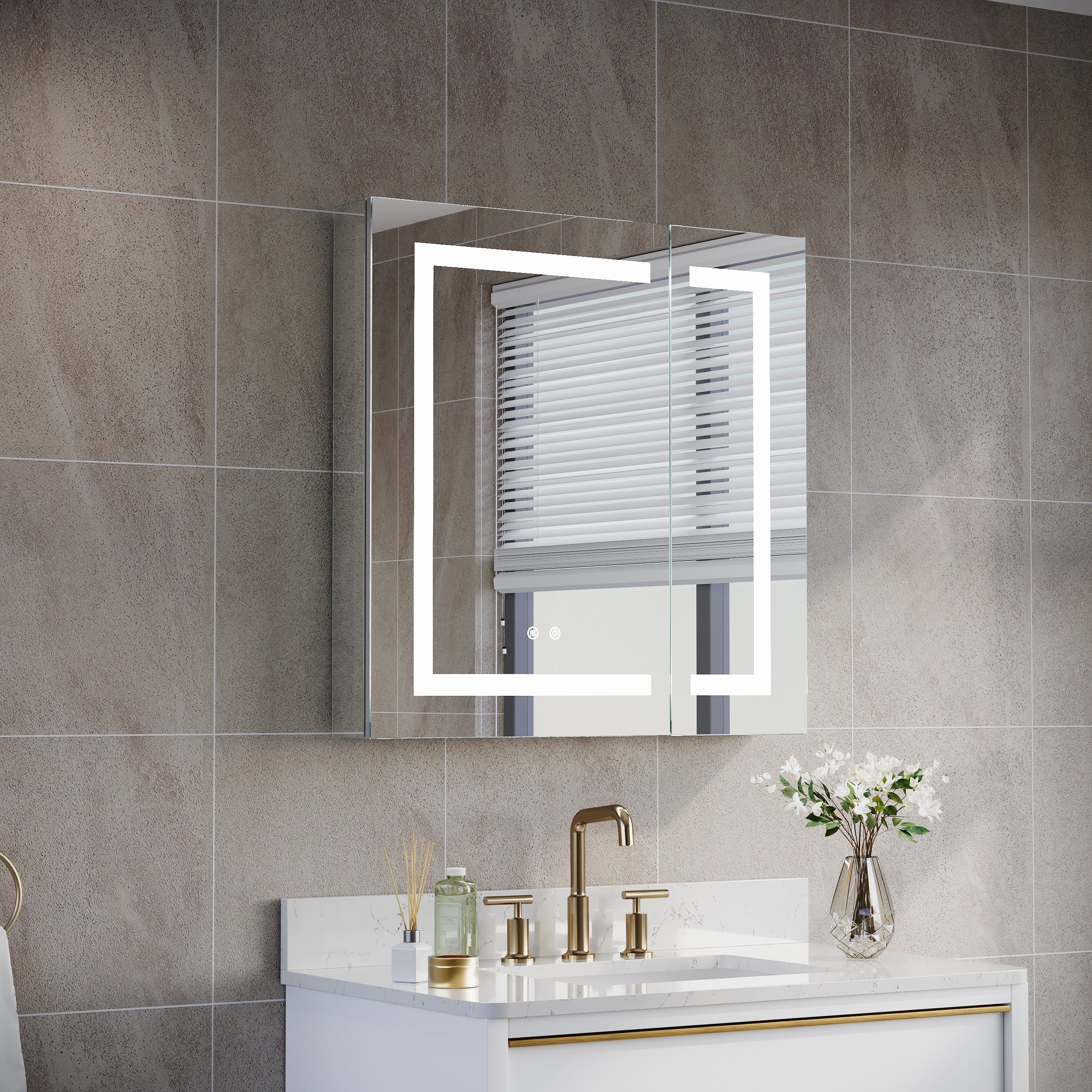
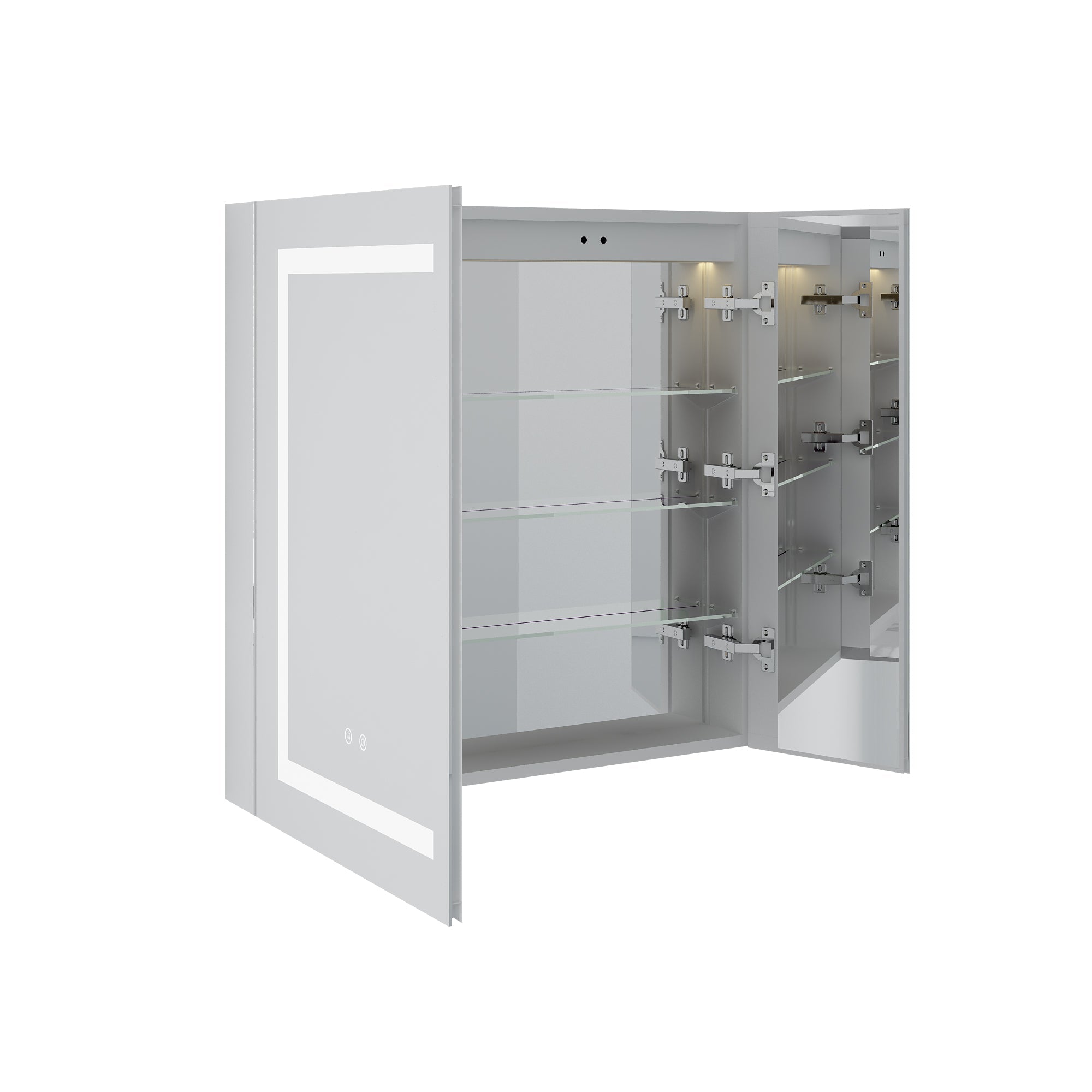




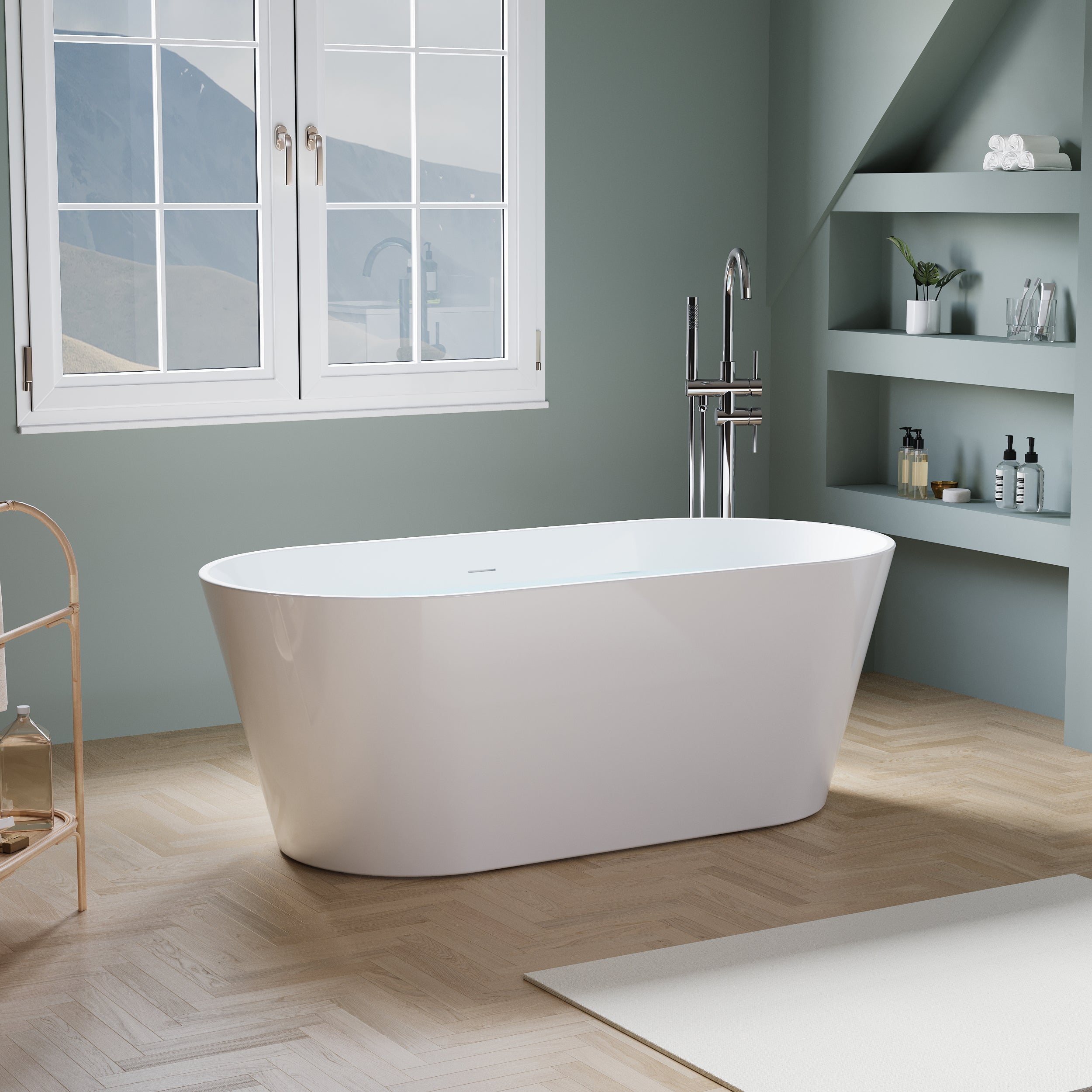
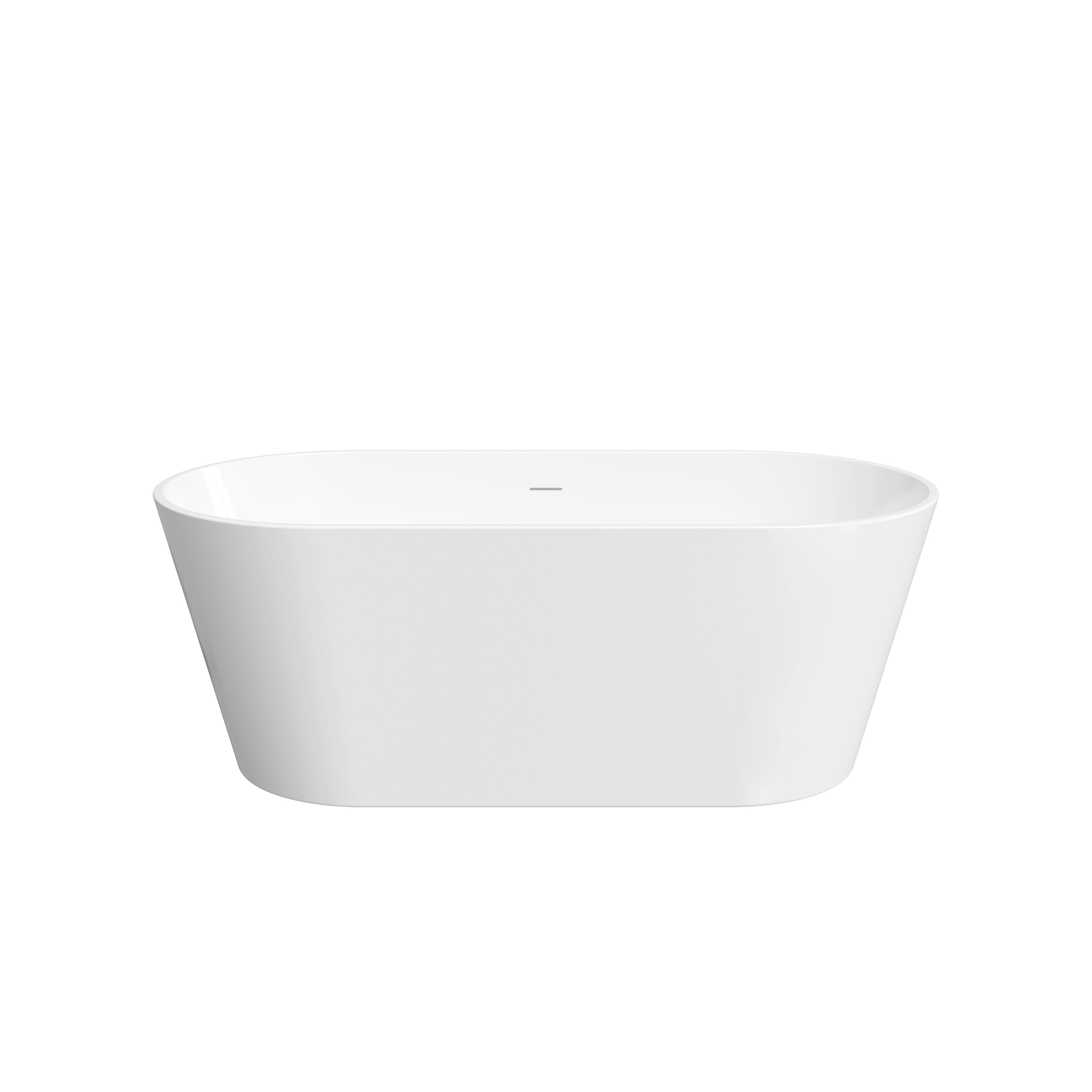


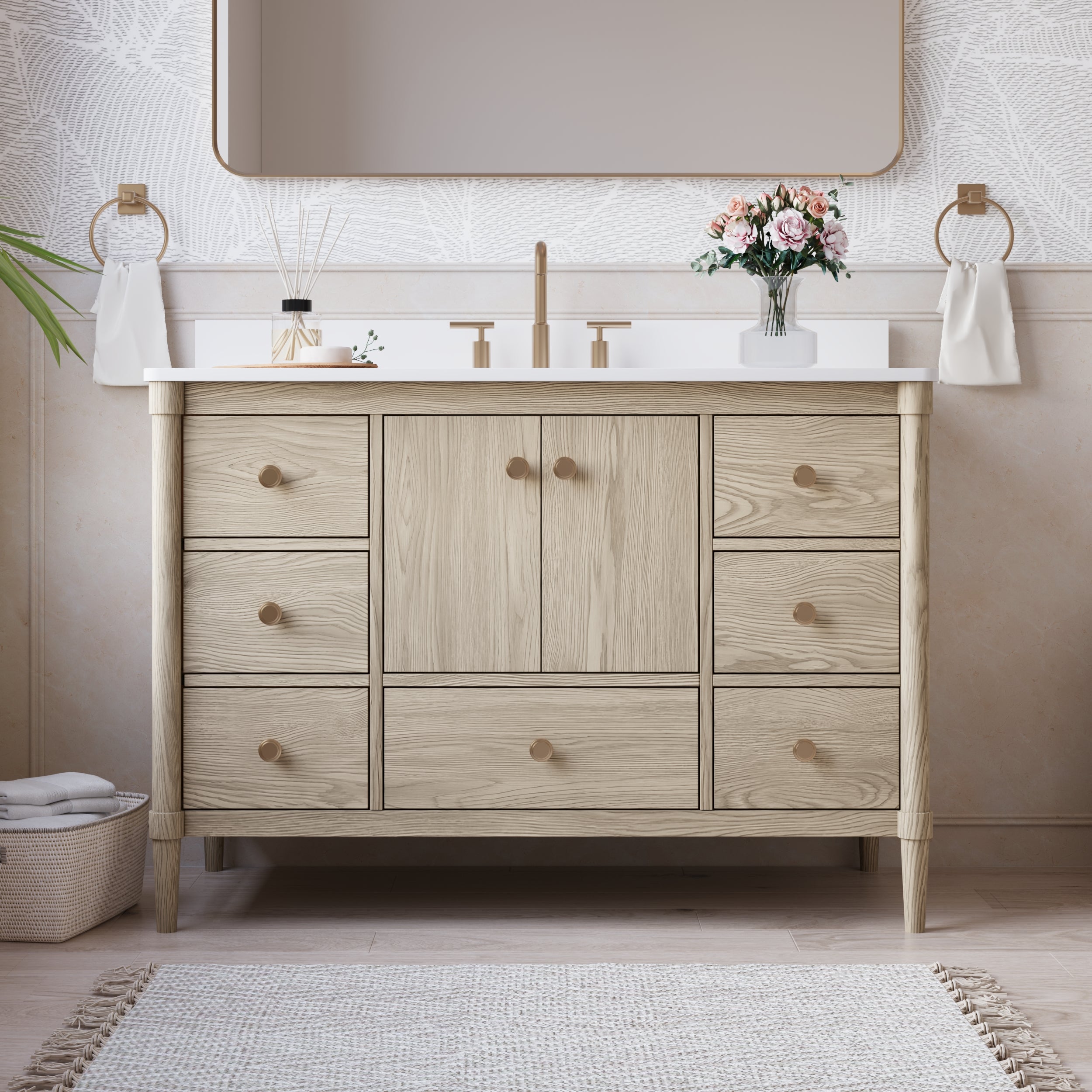
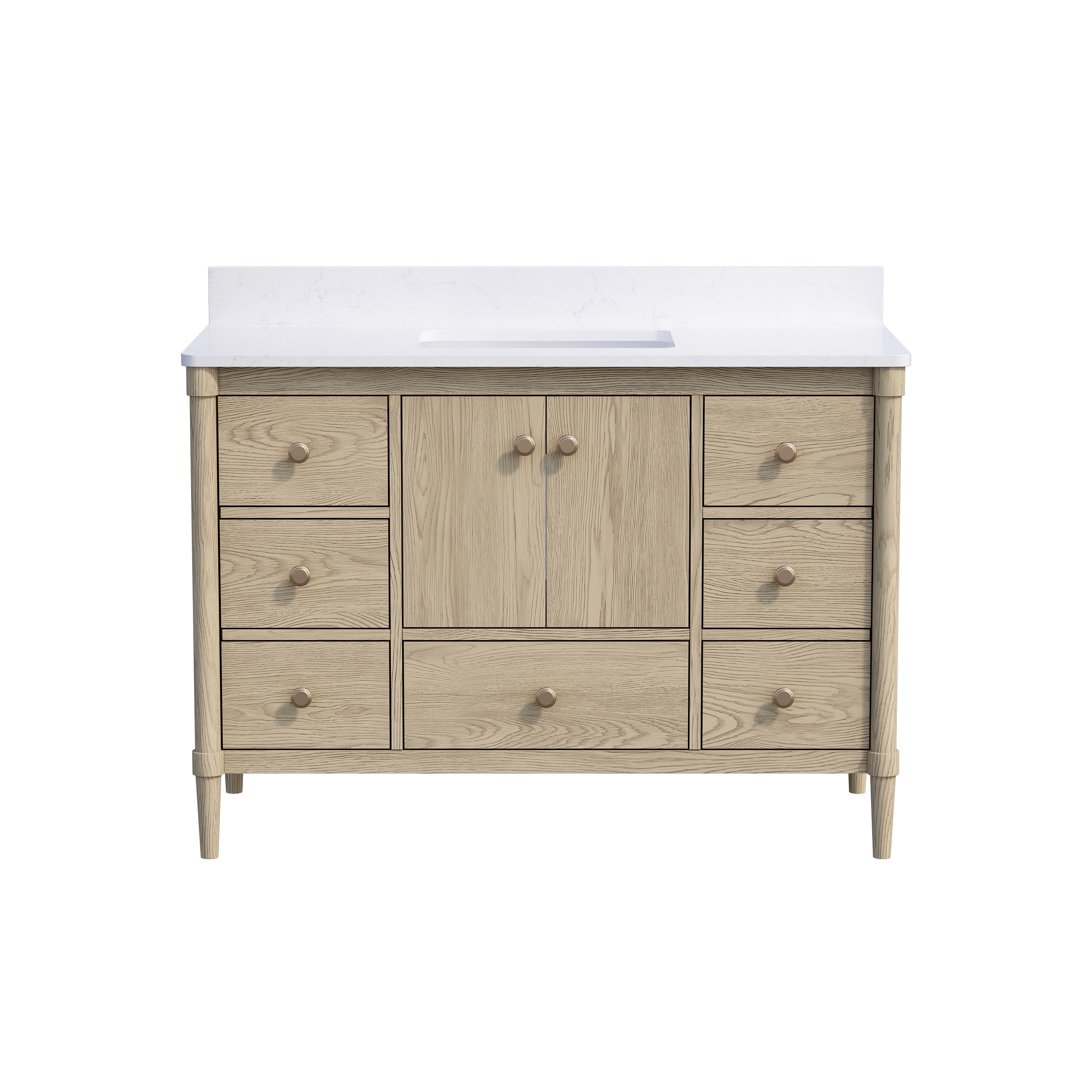
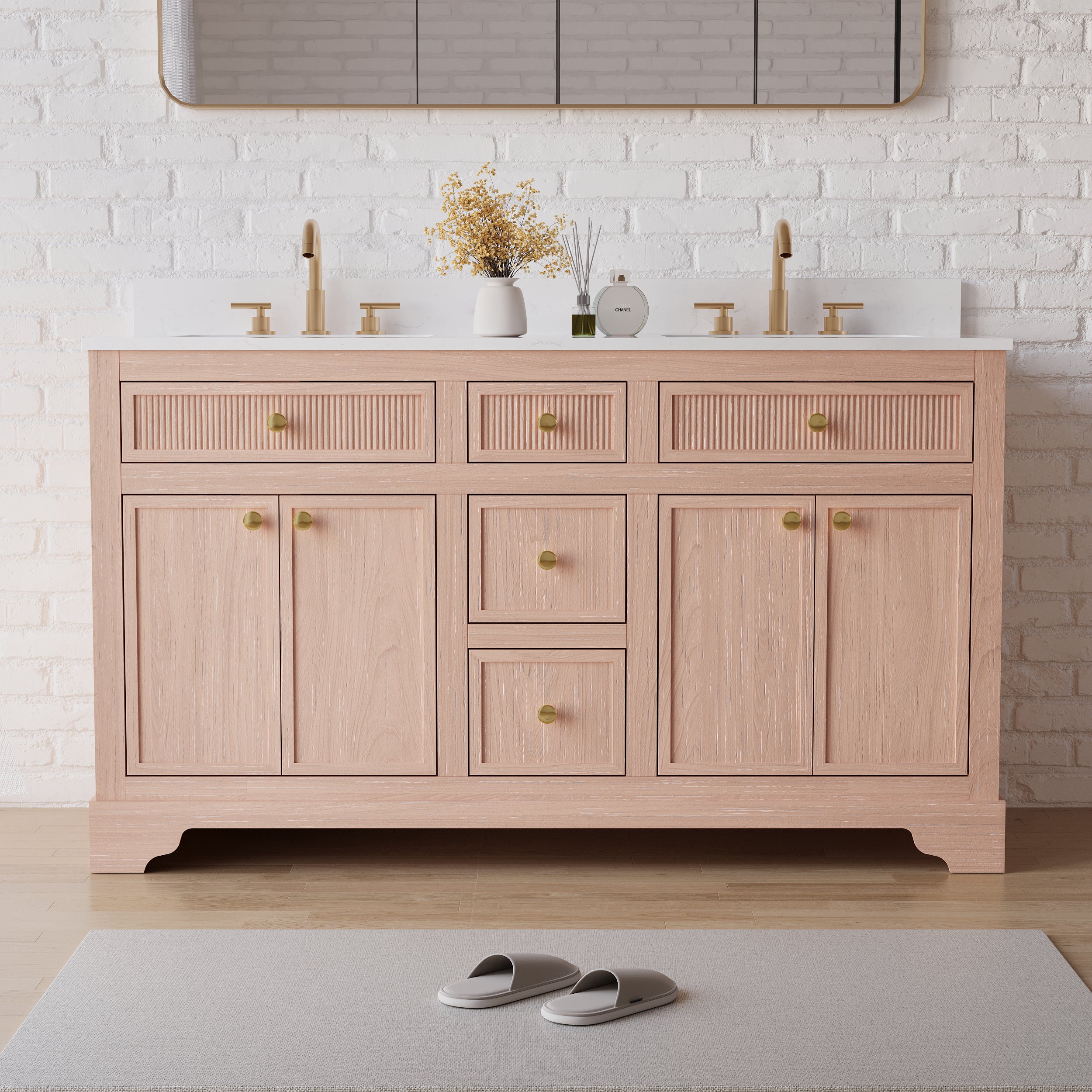
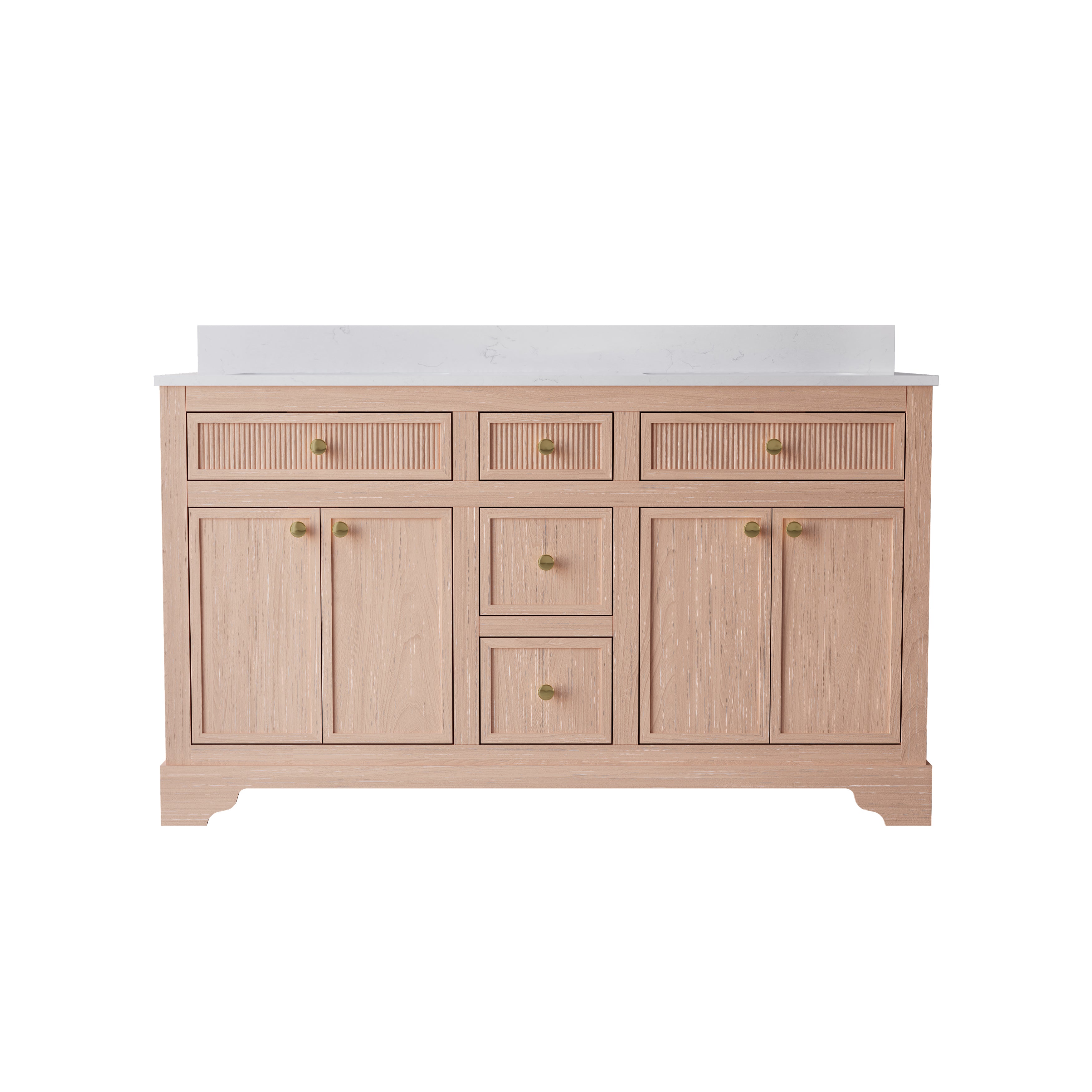
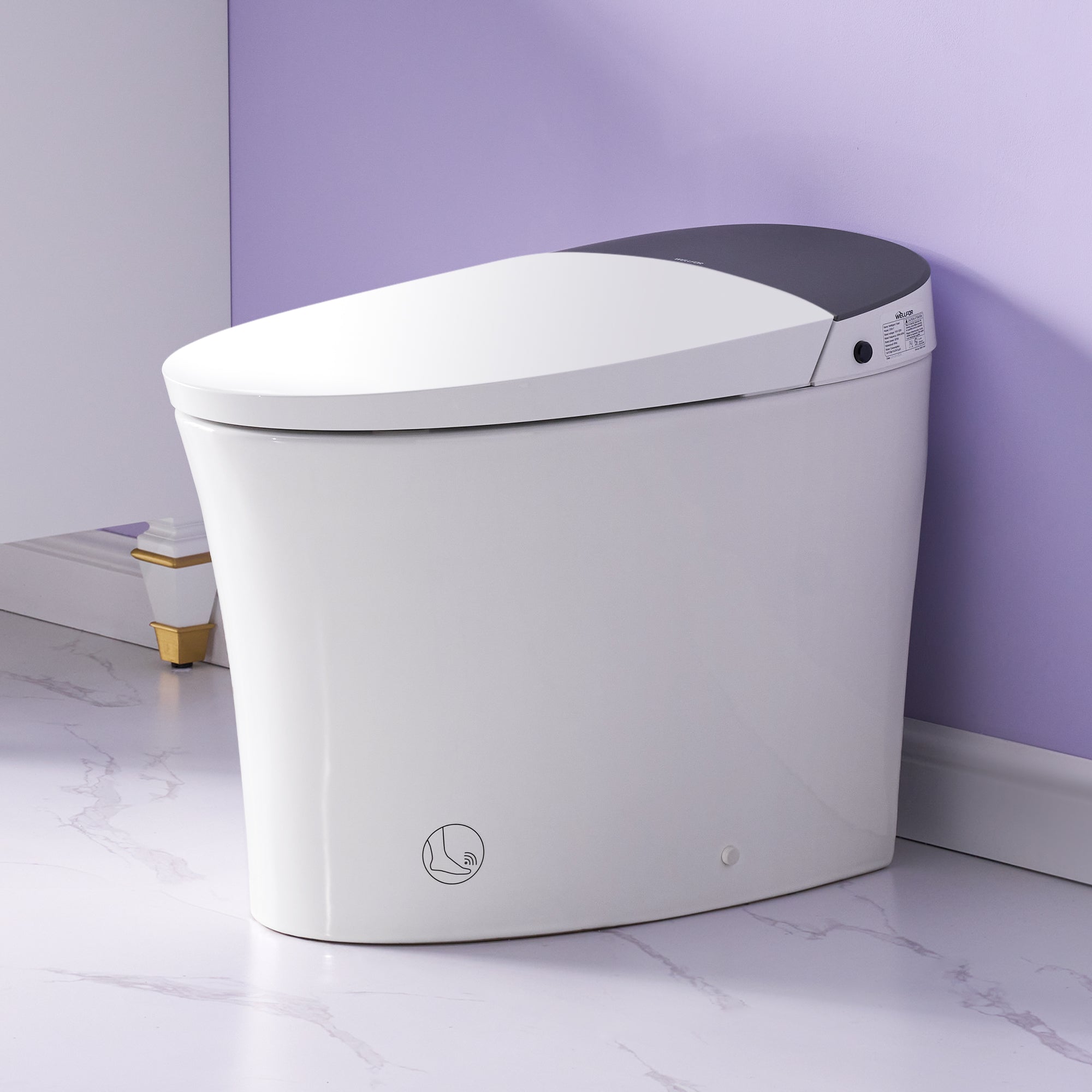
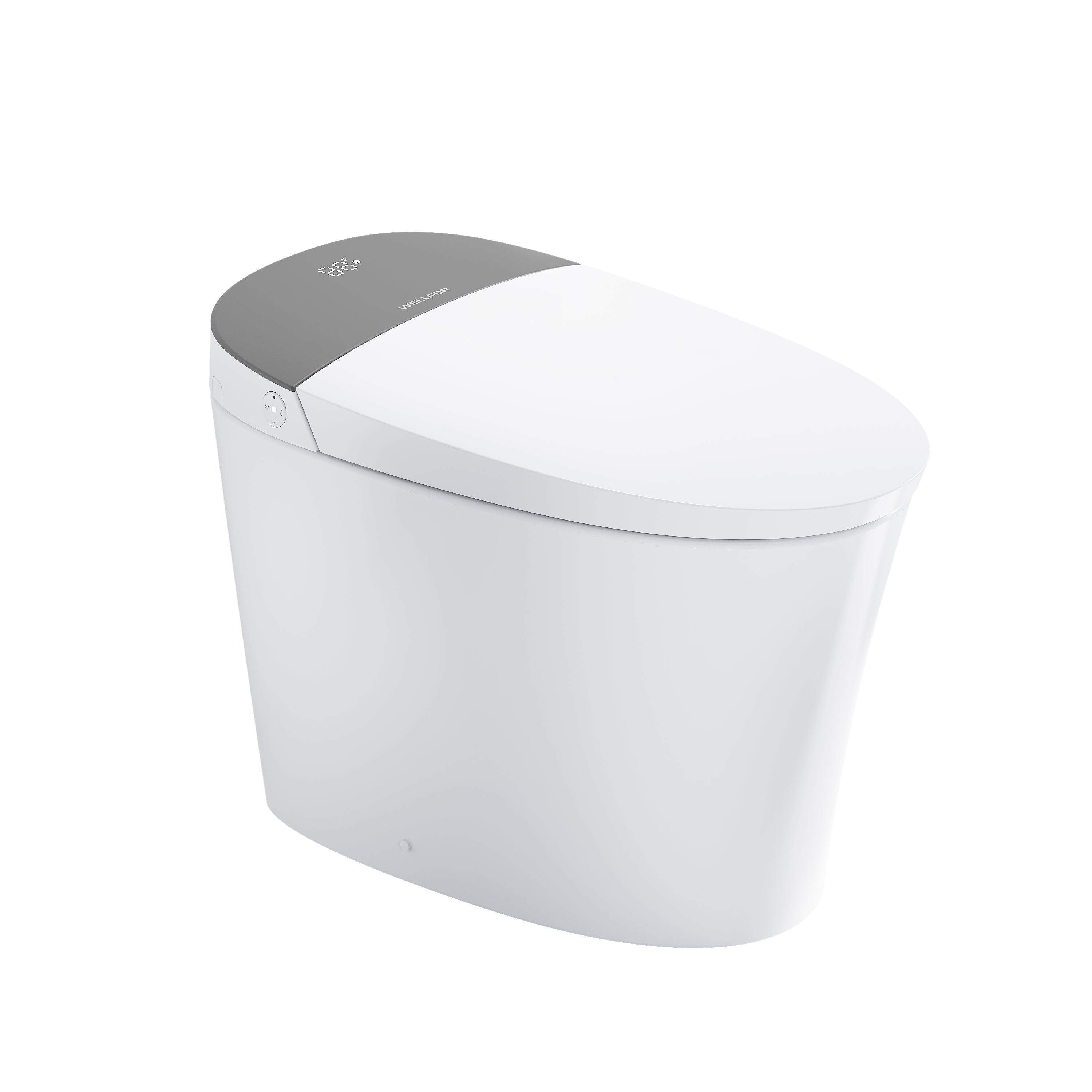
Leave a comment
This site is protected by hCaptcha and the hCaptcha Privacy Policy and Terms of Service apply.